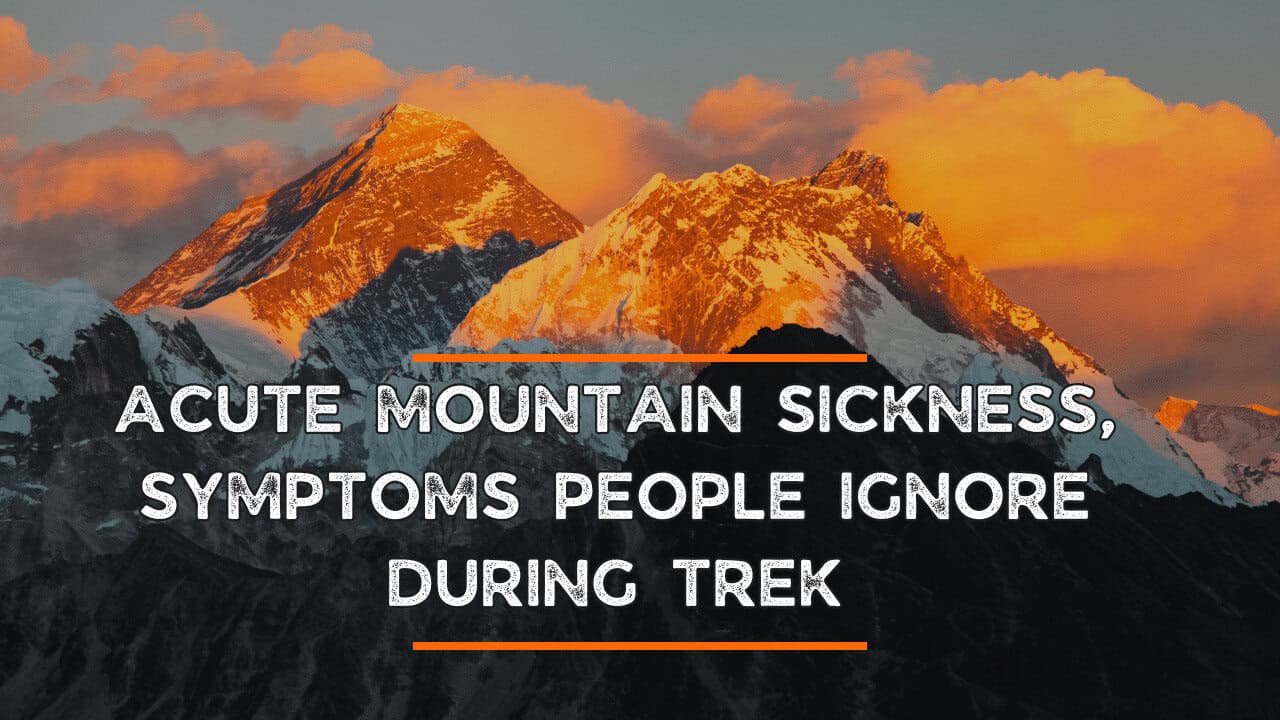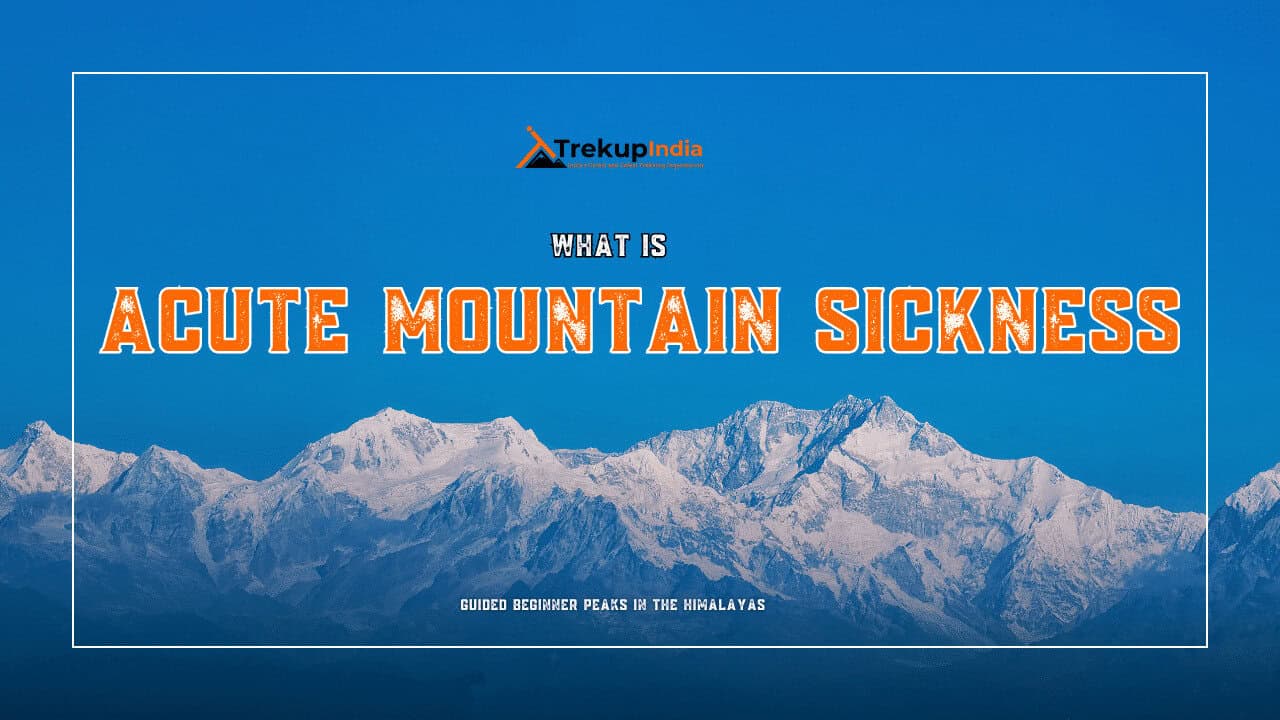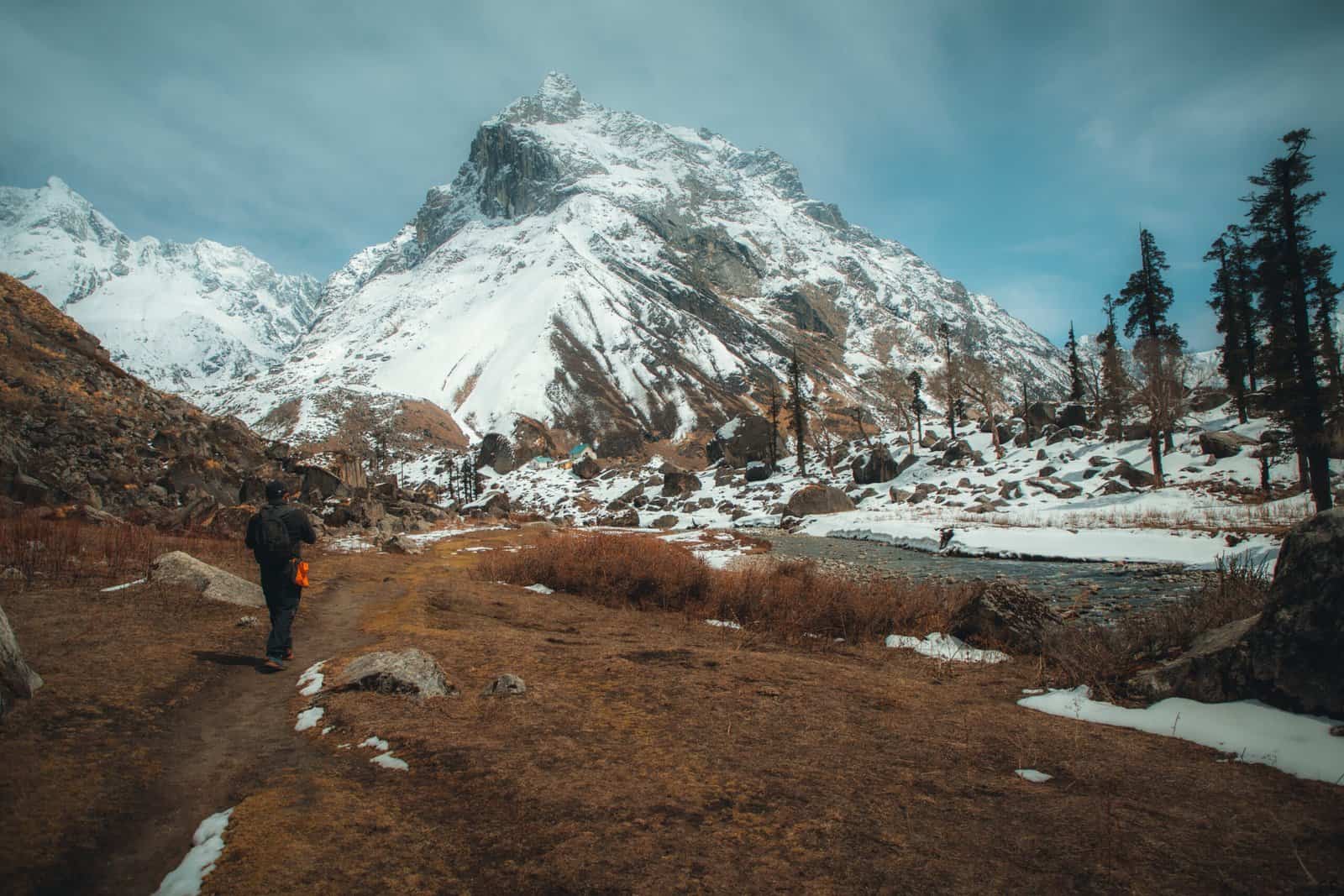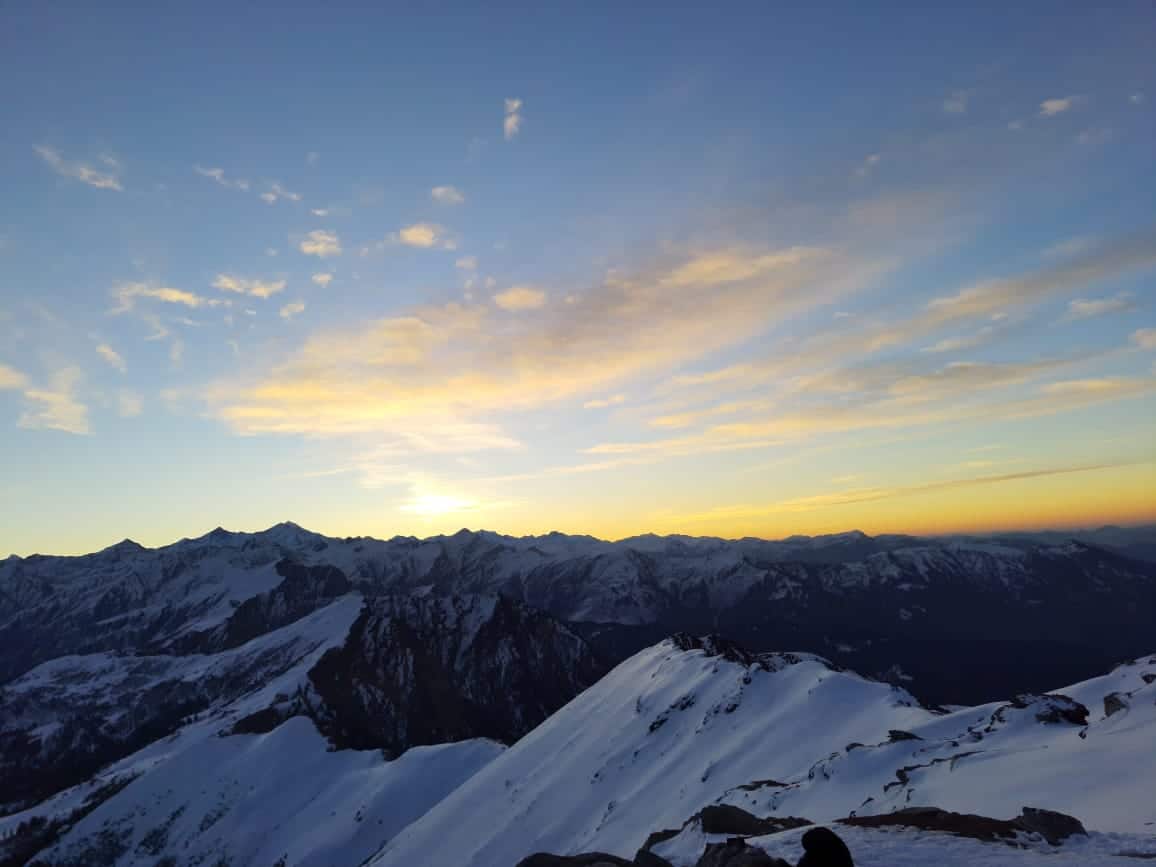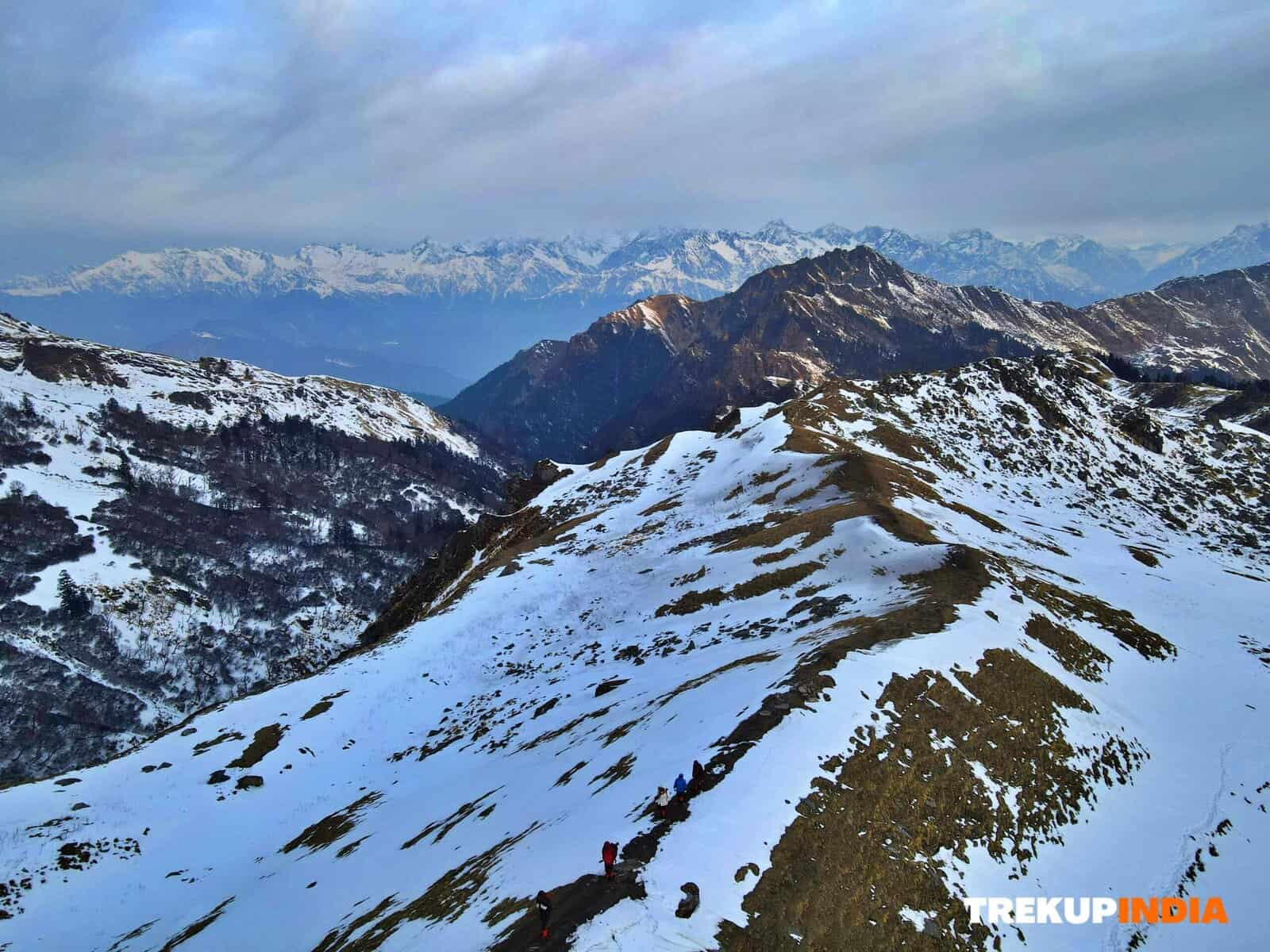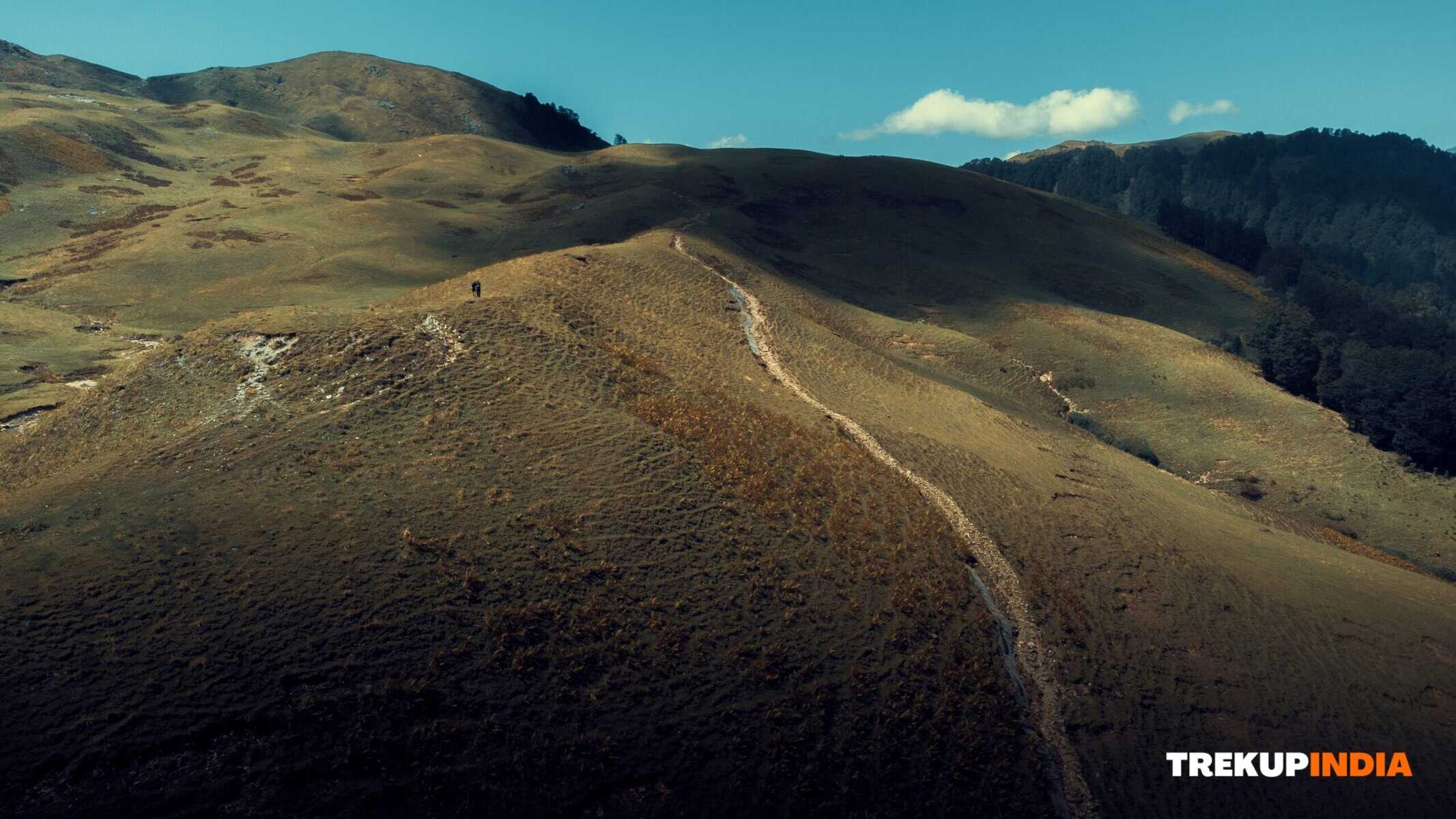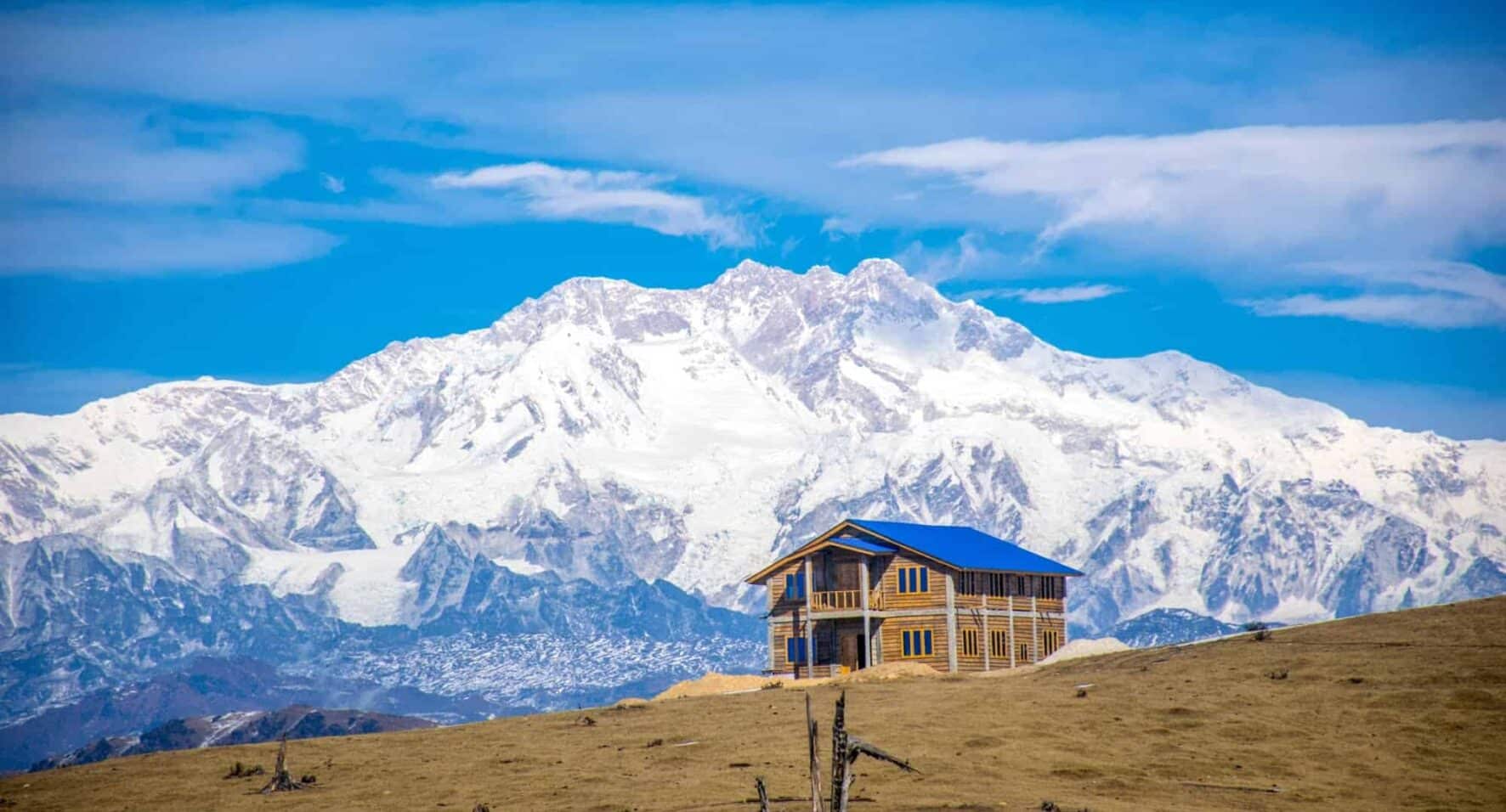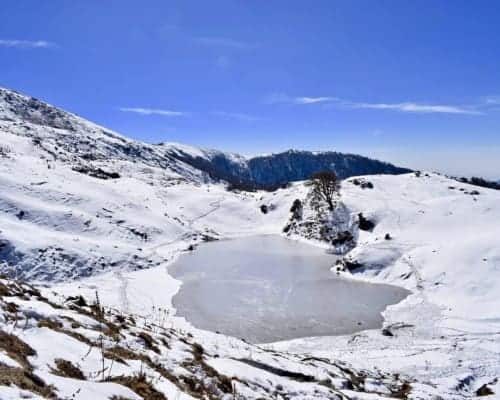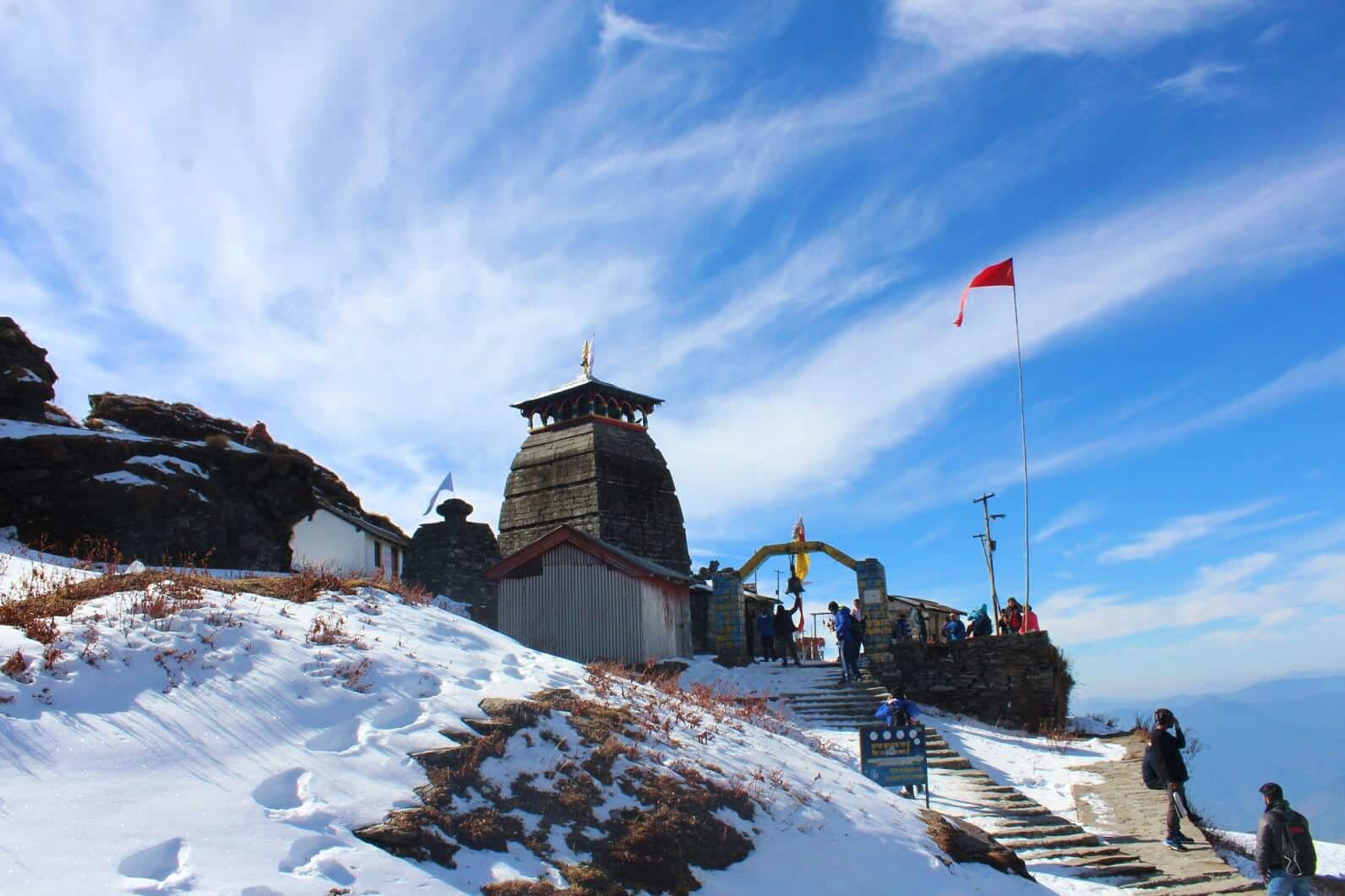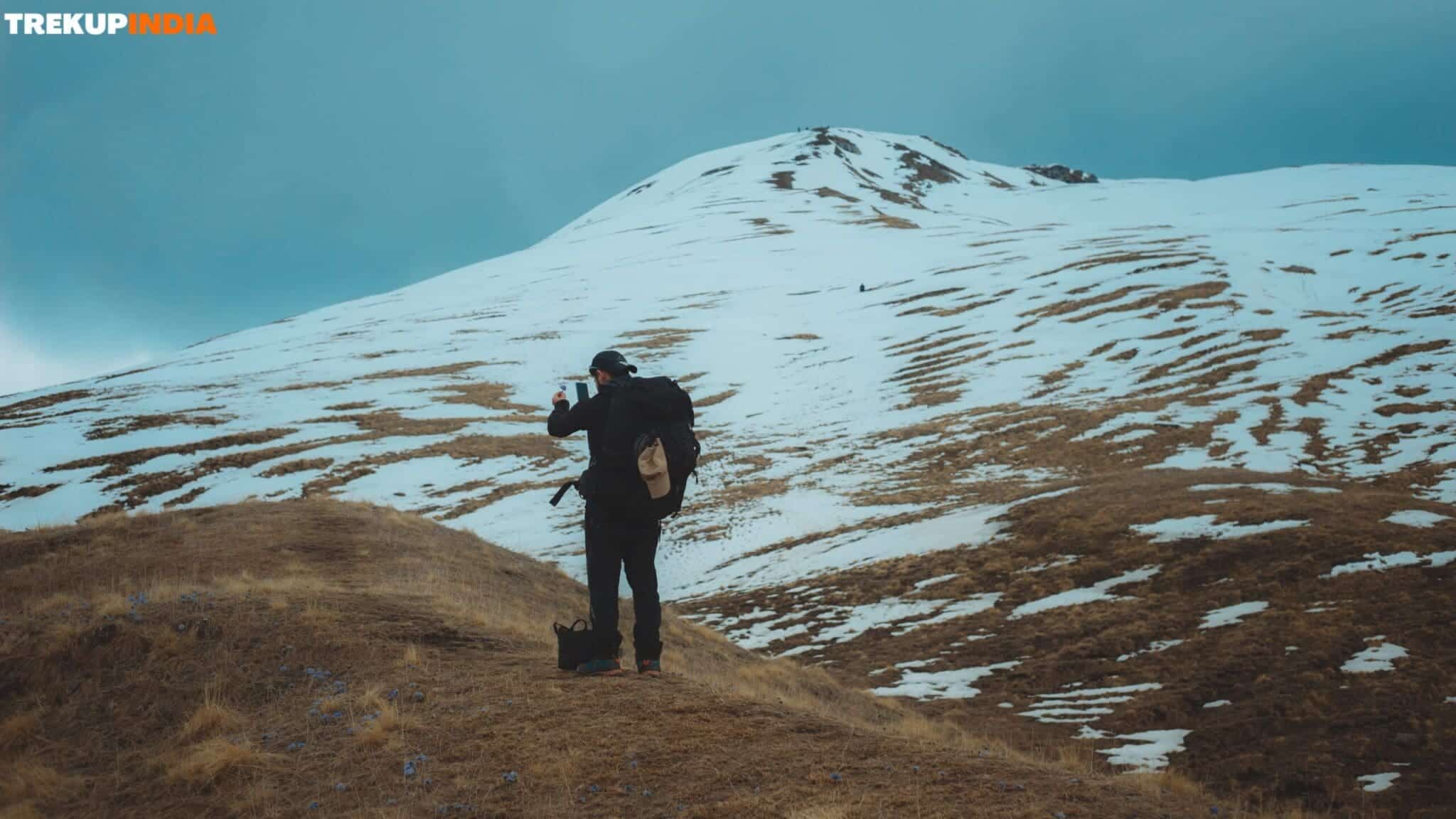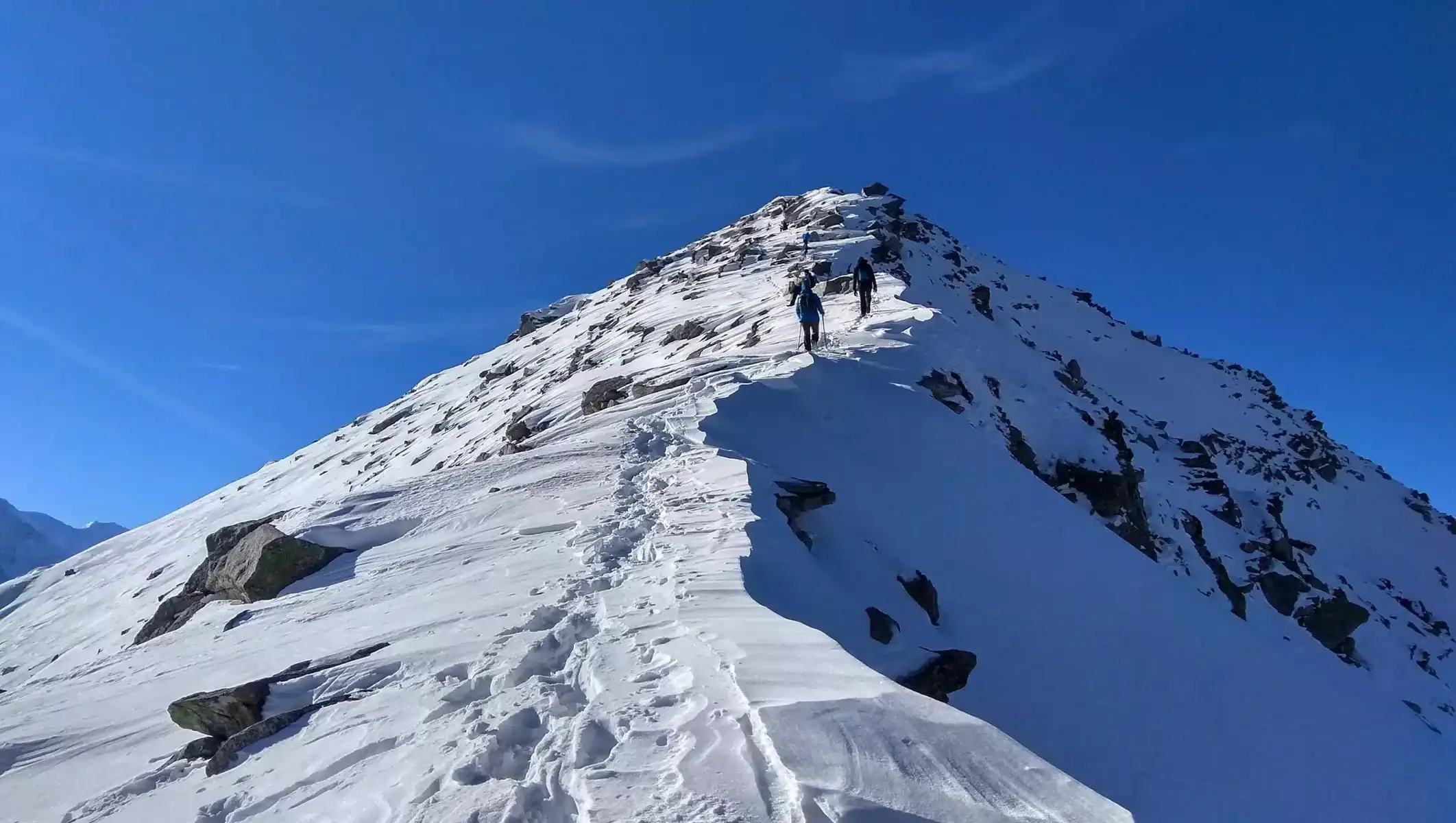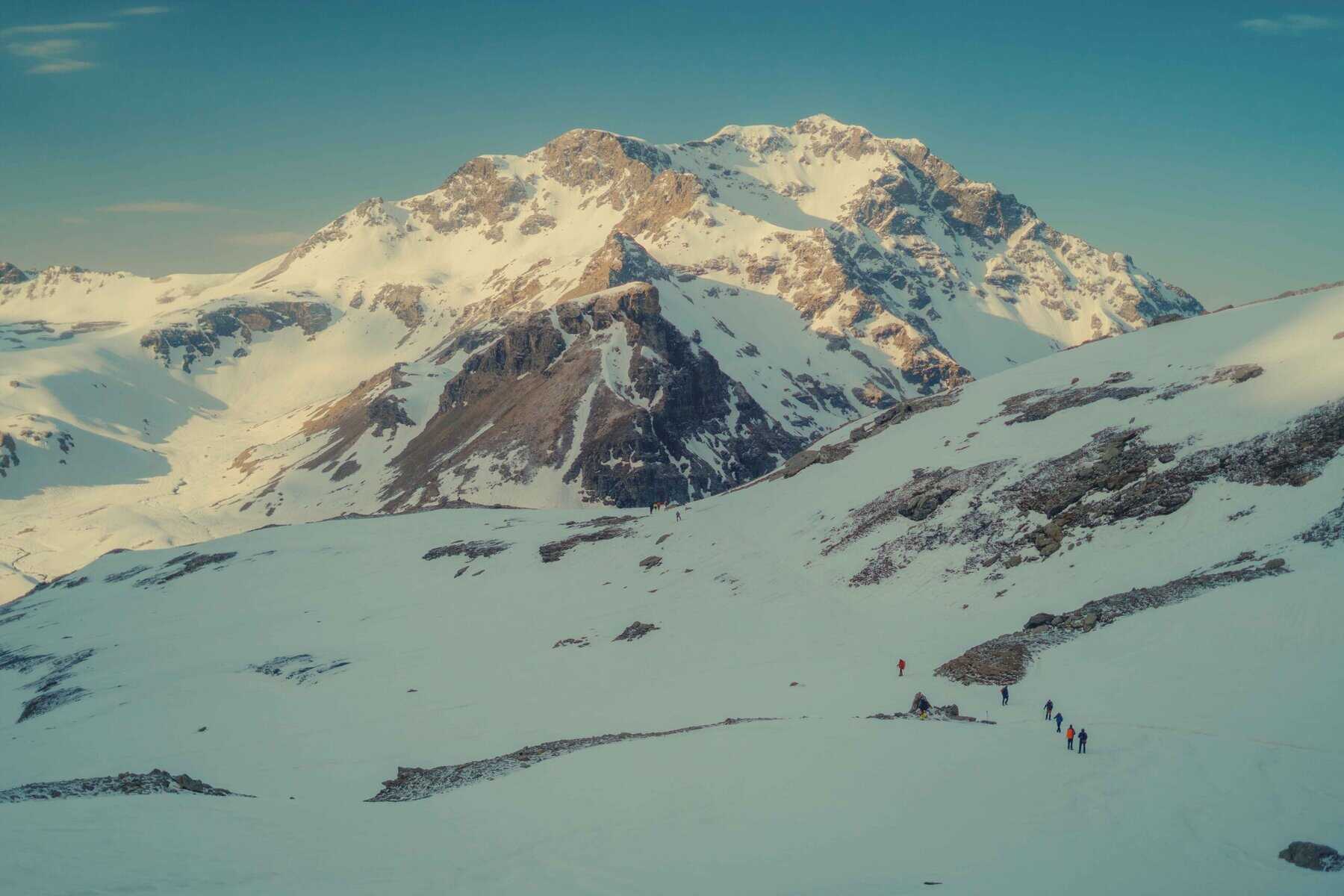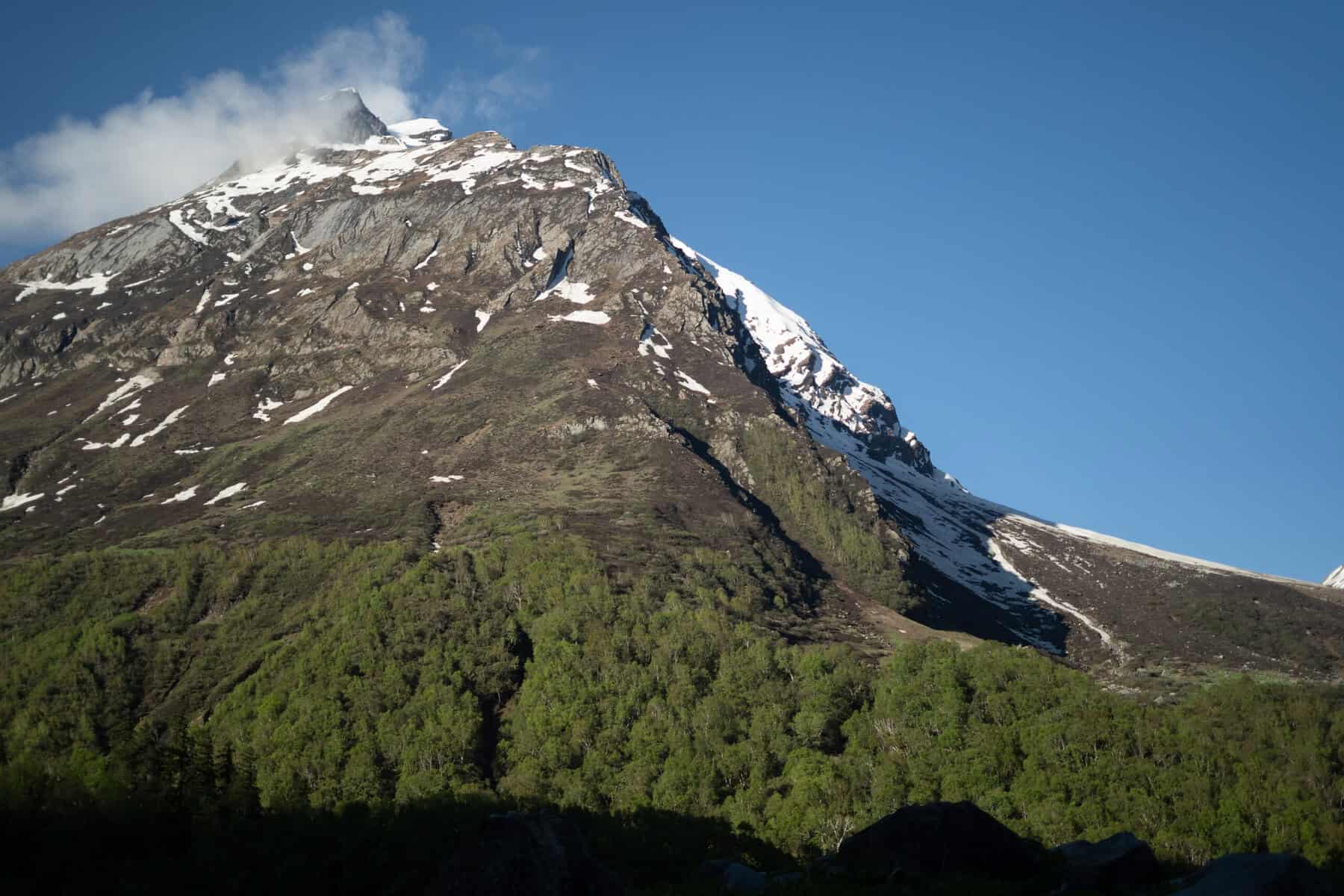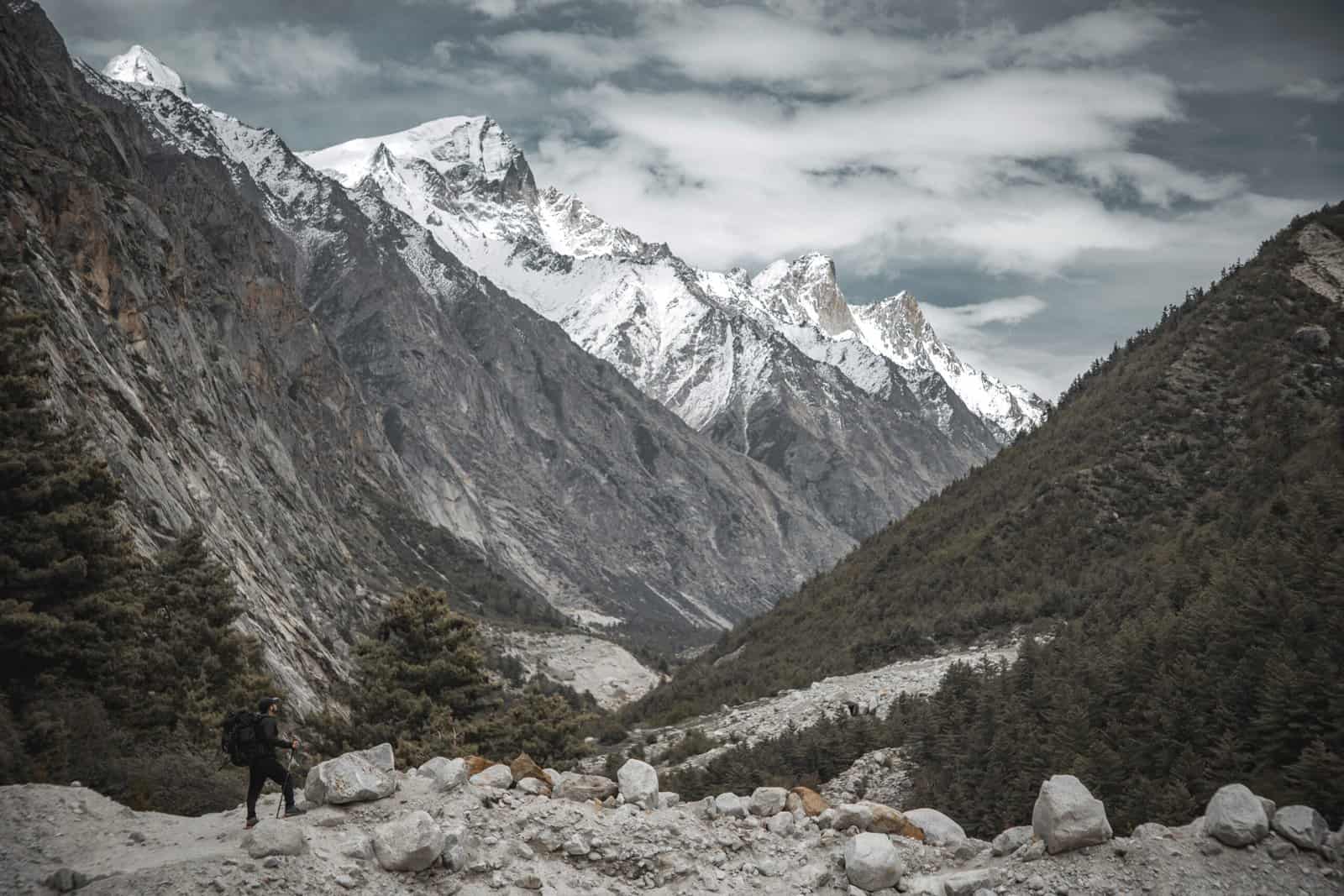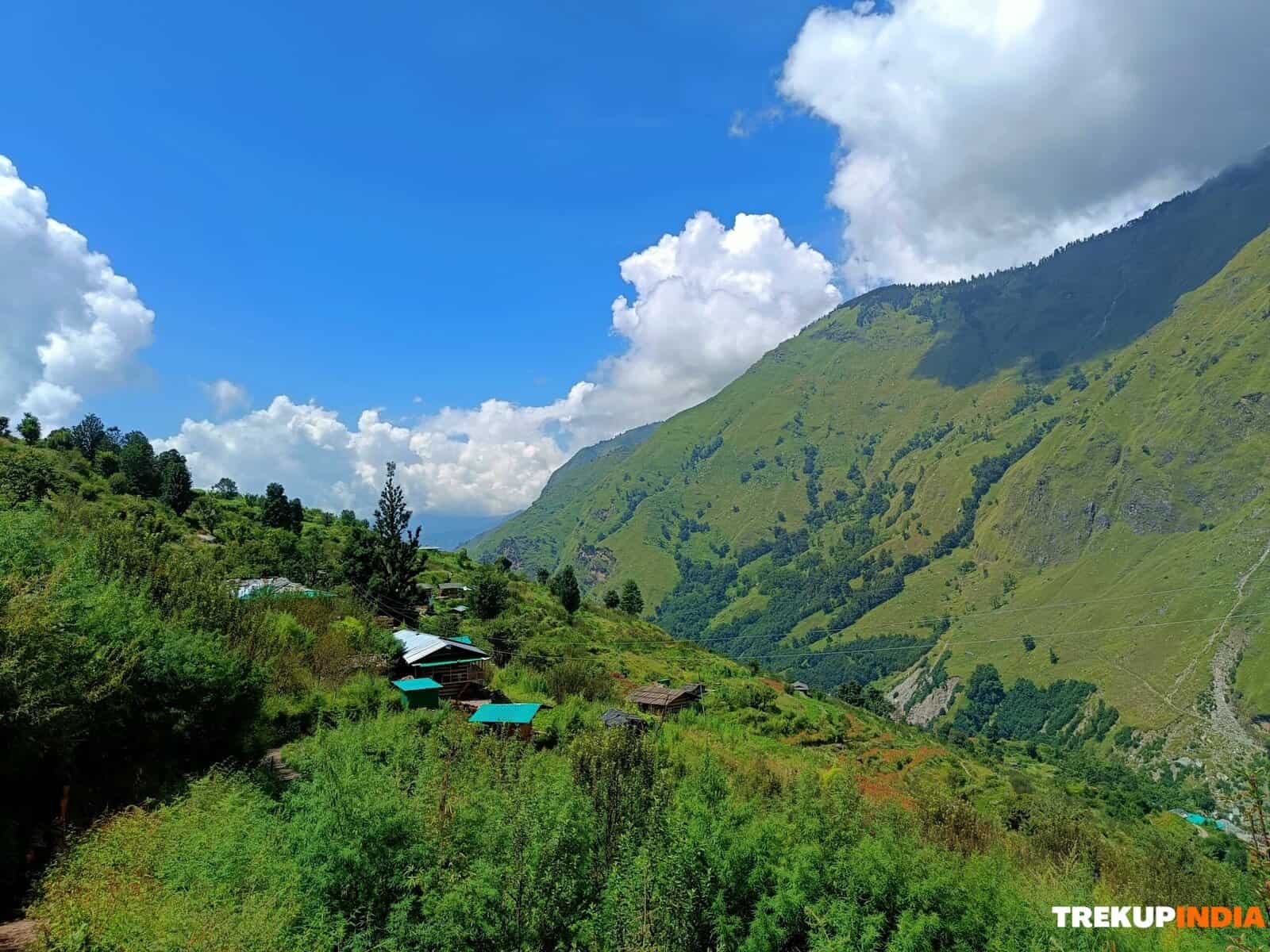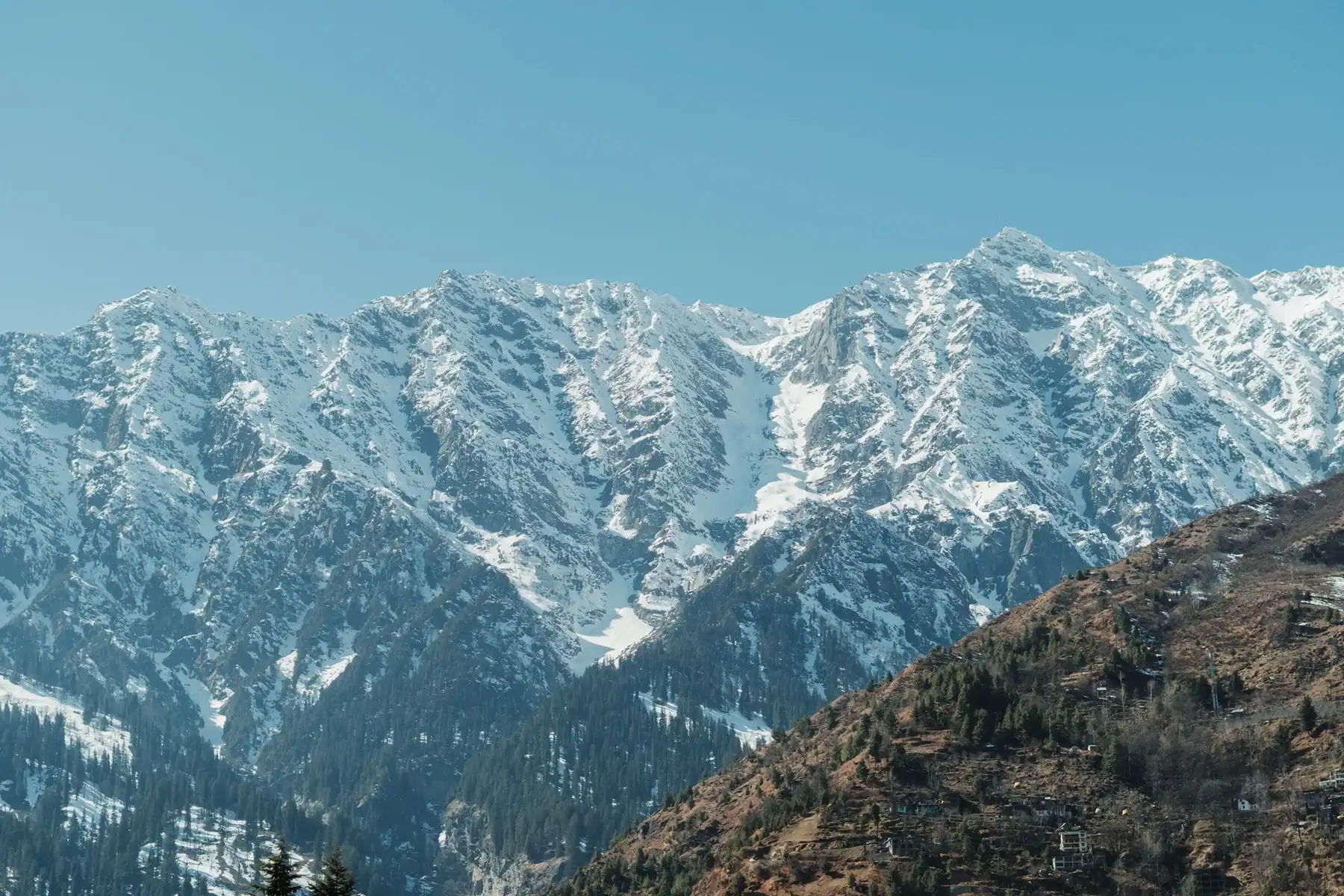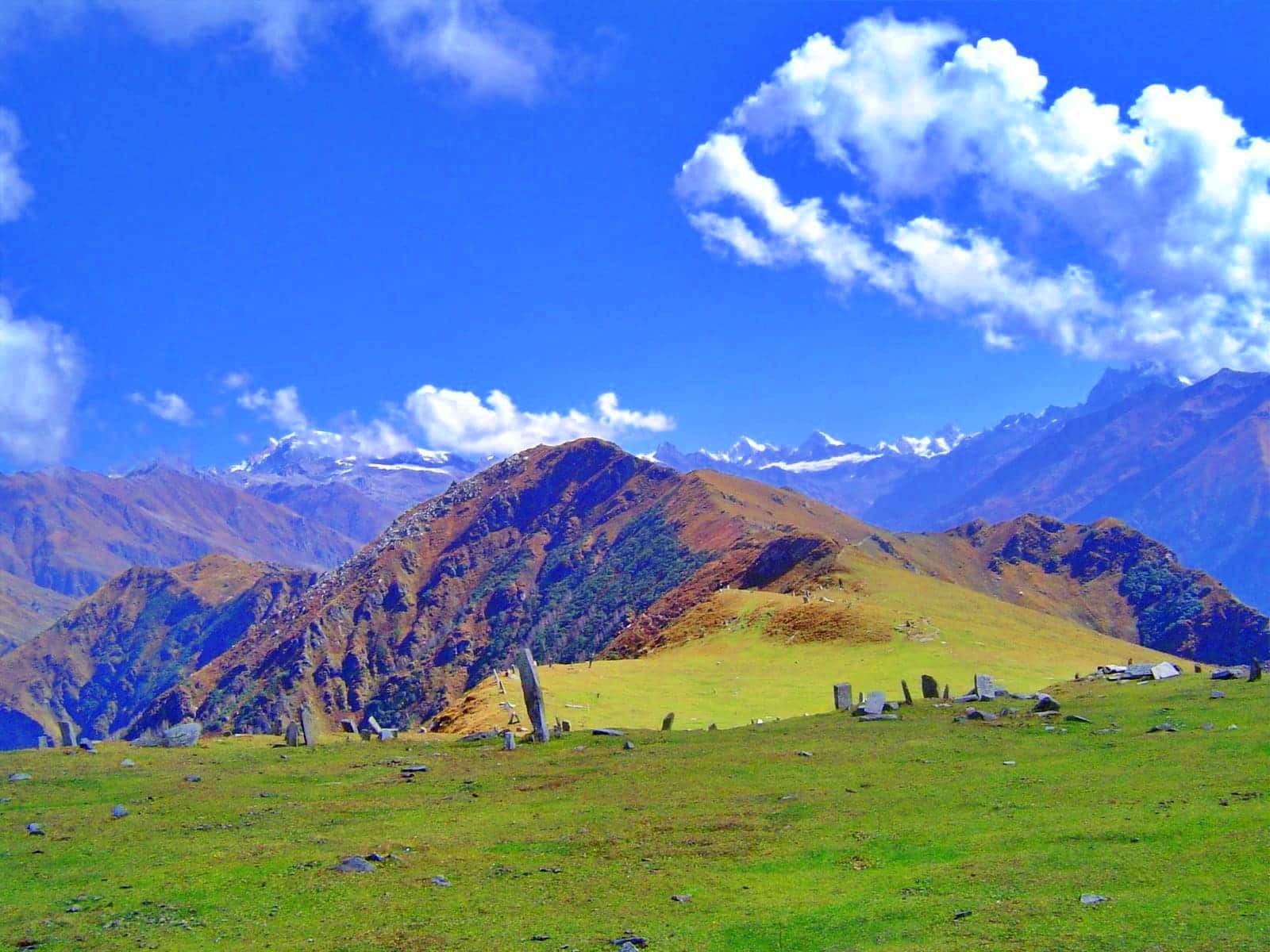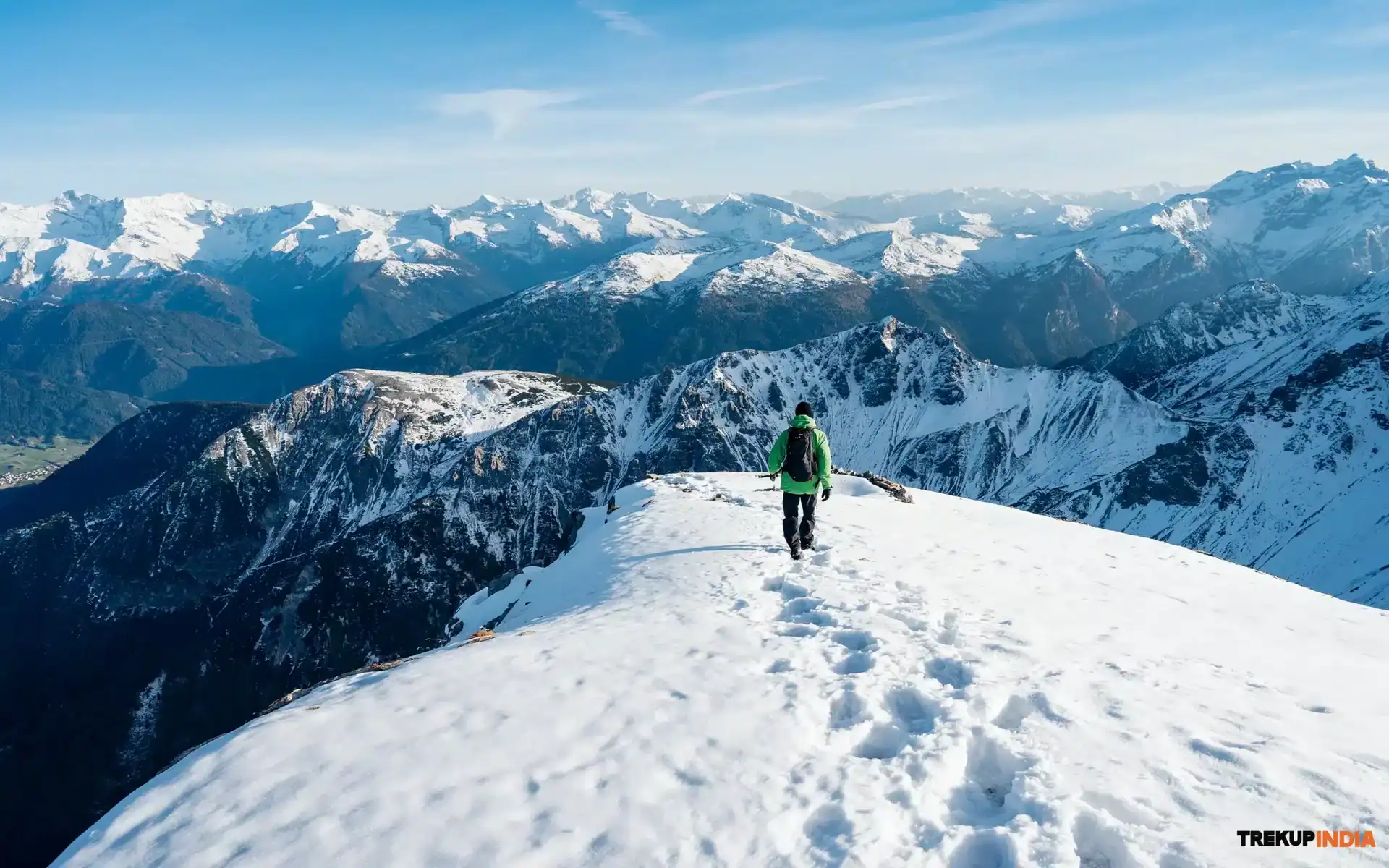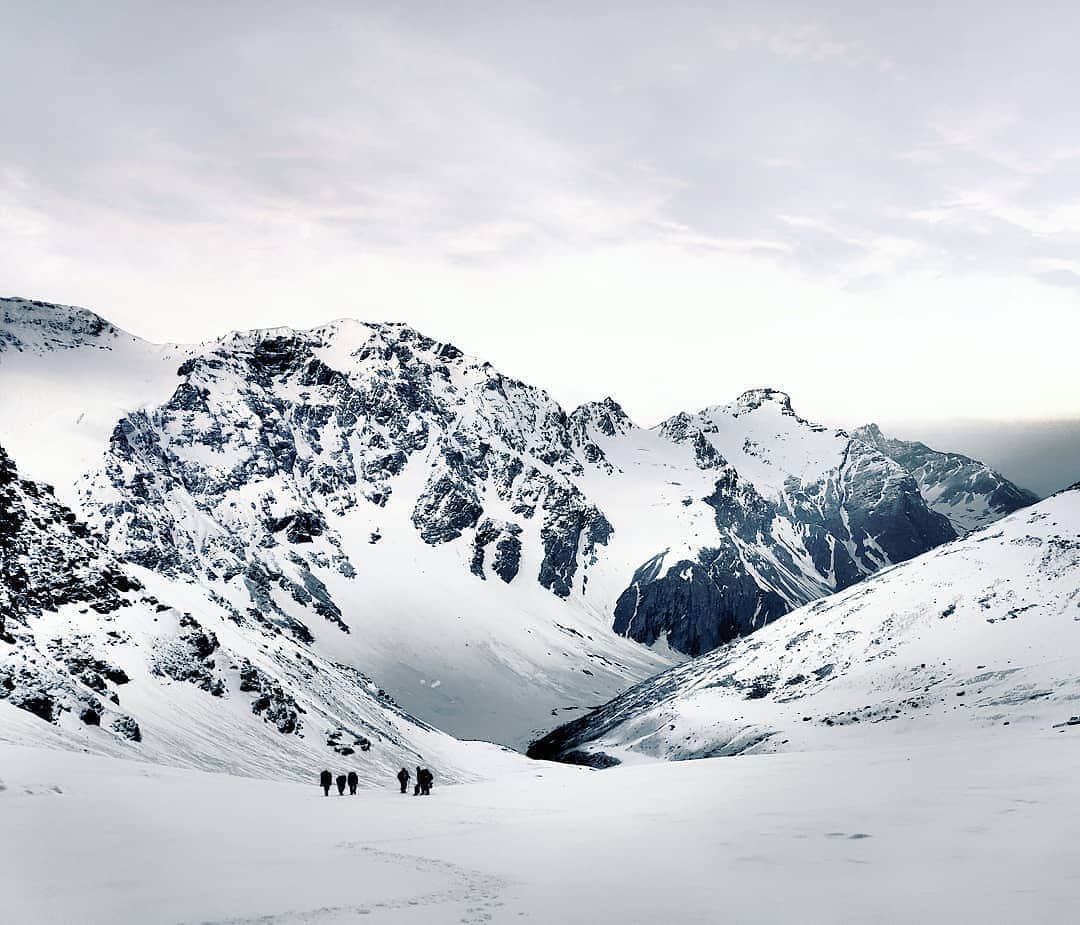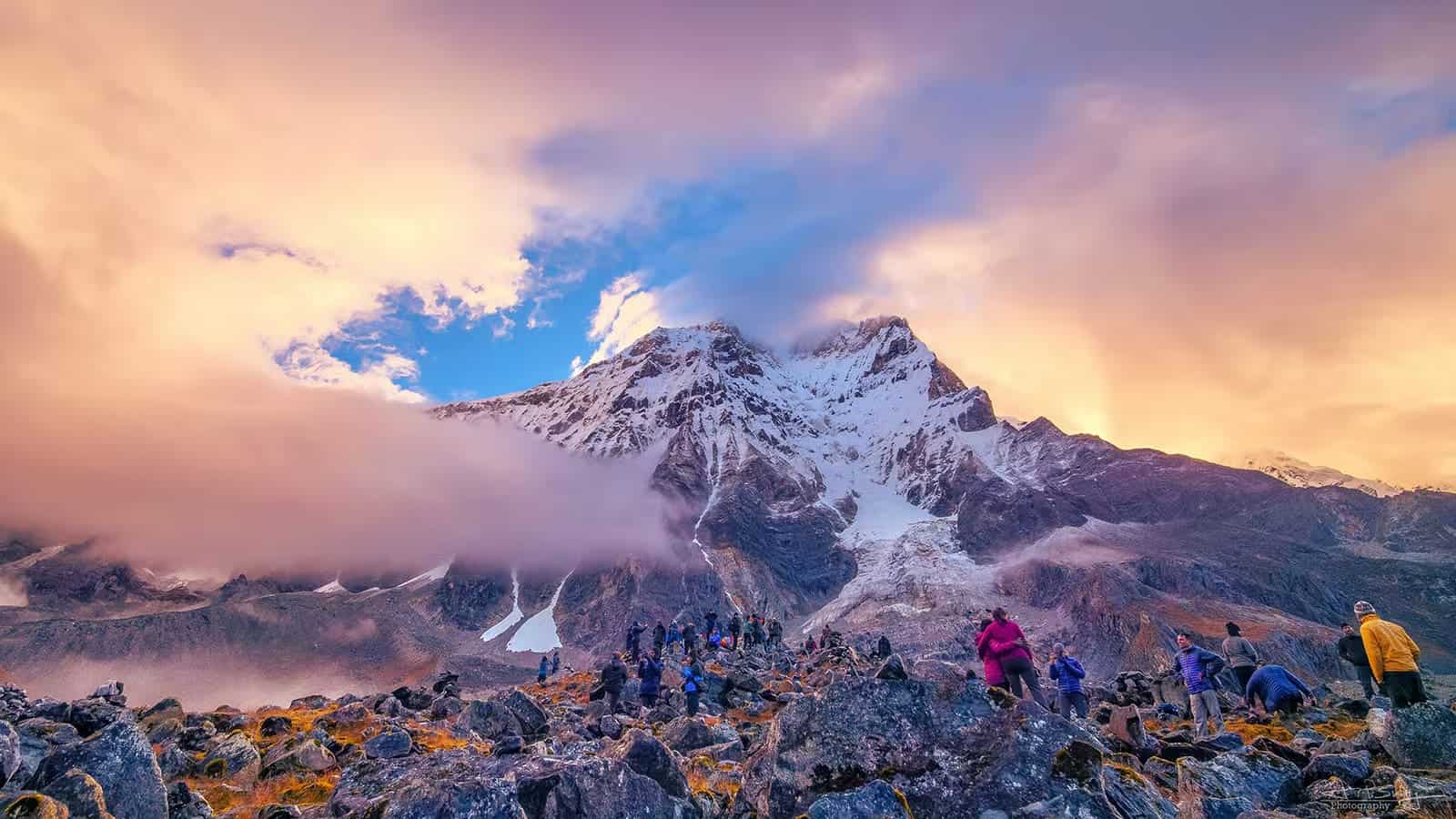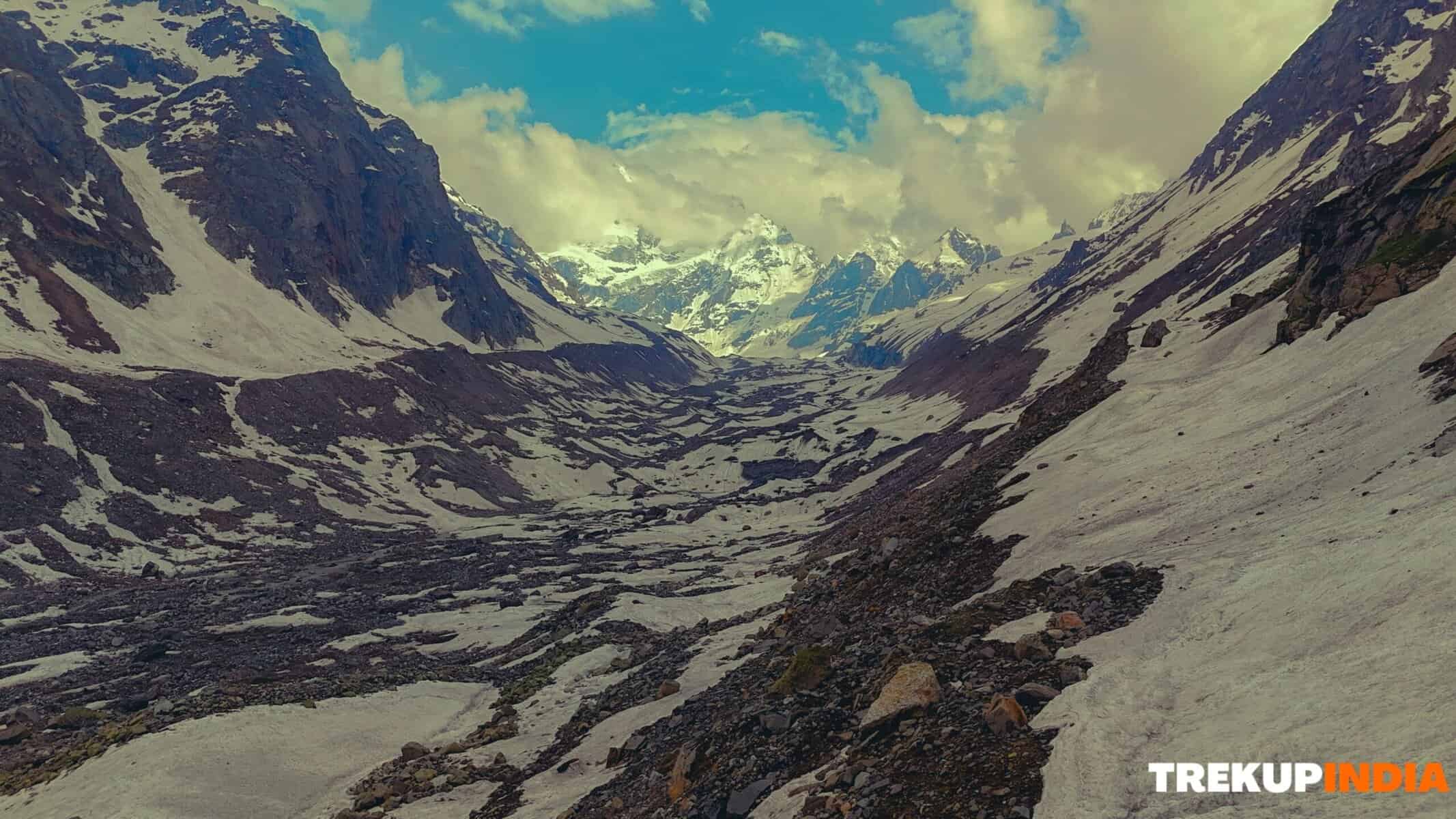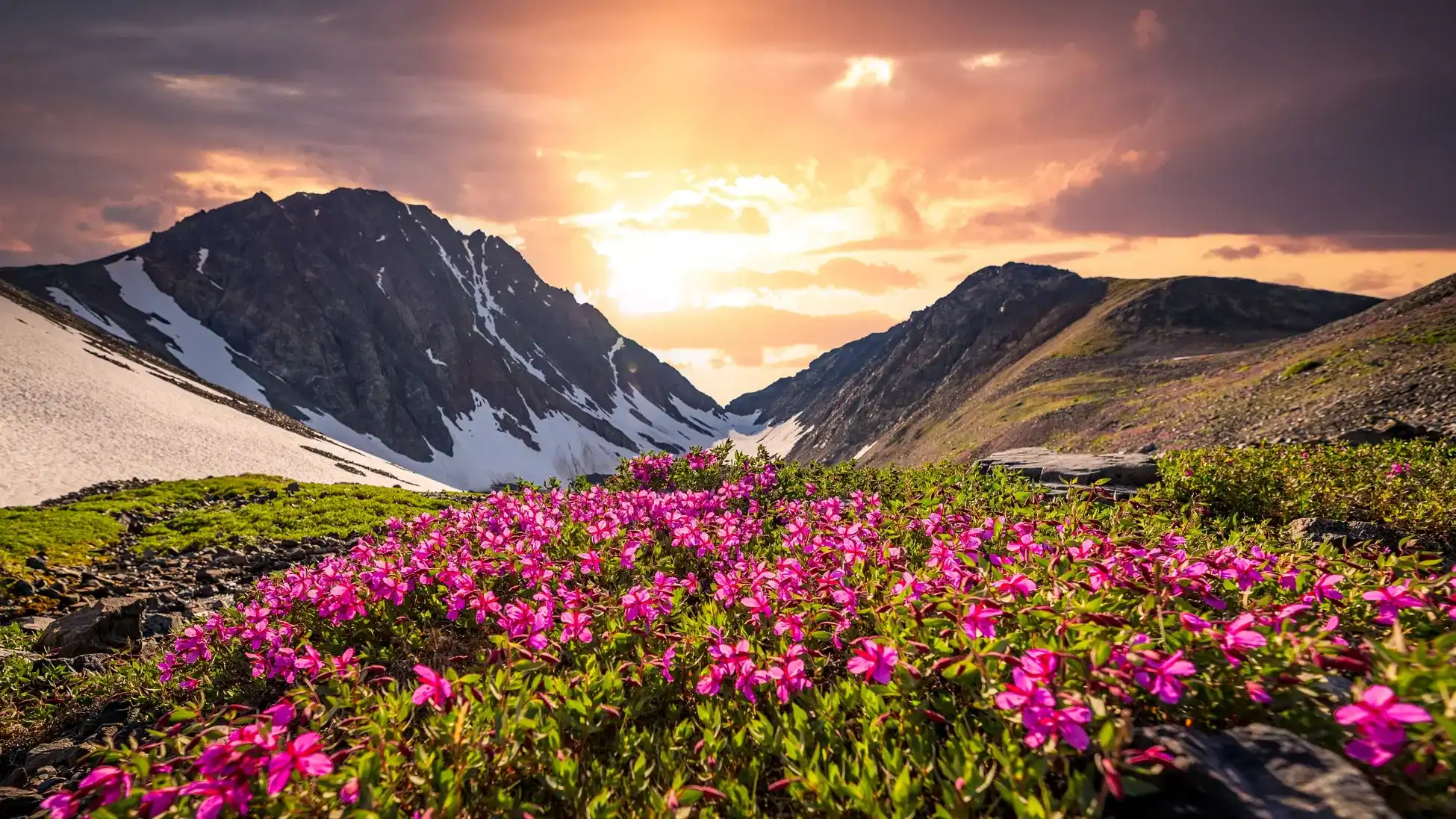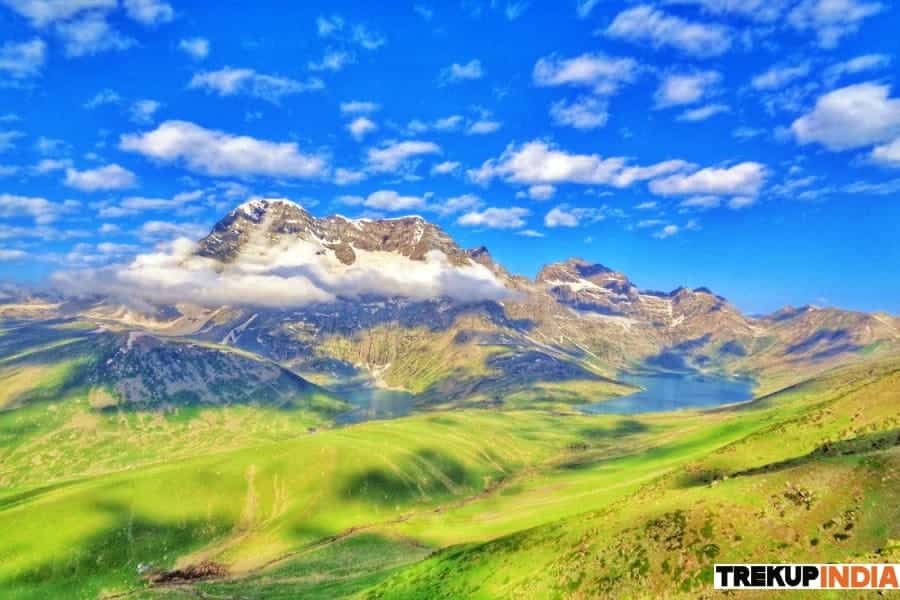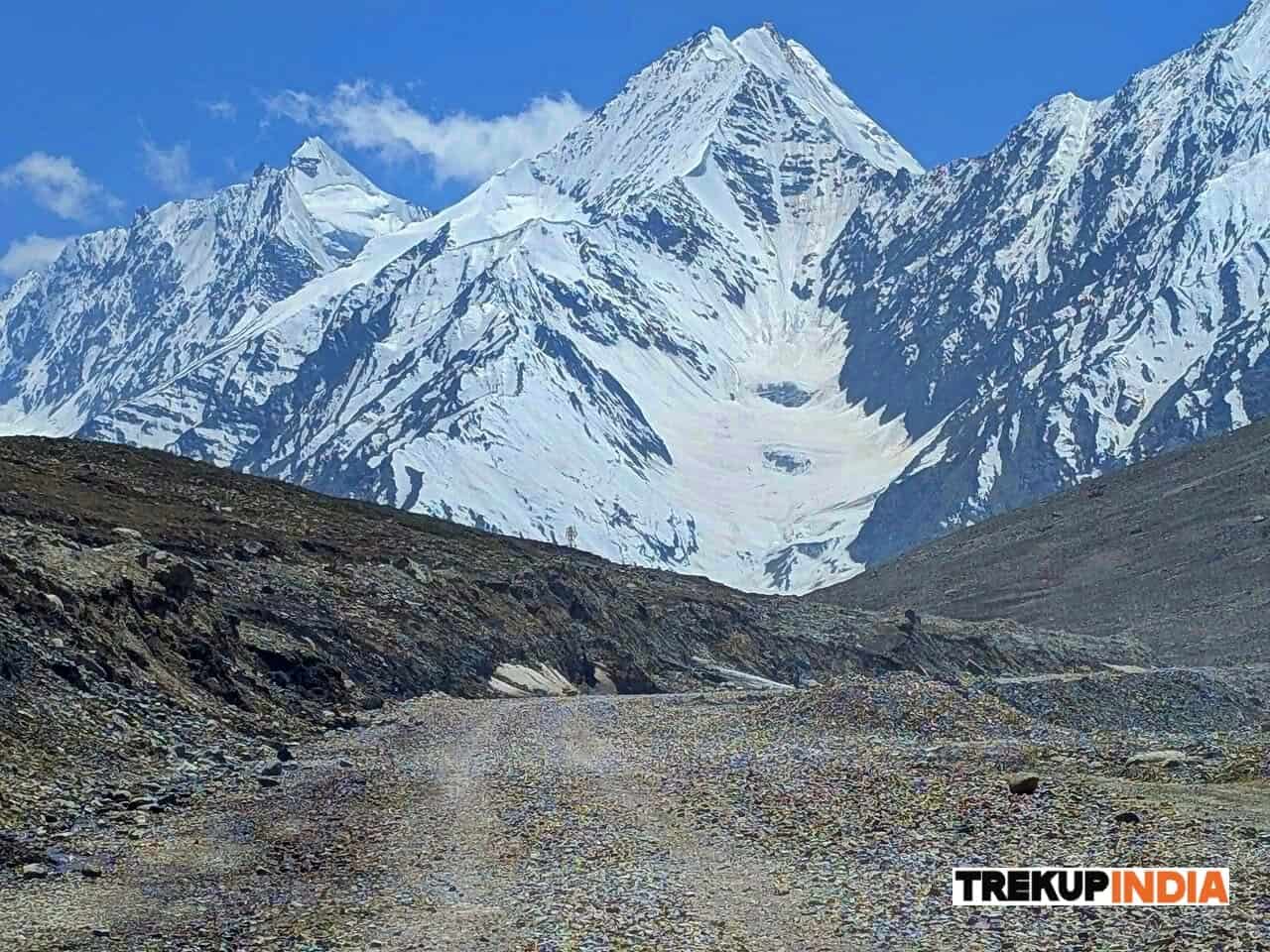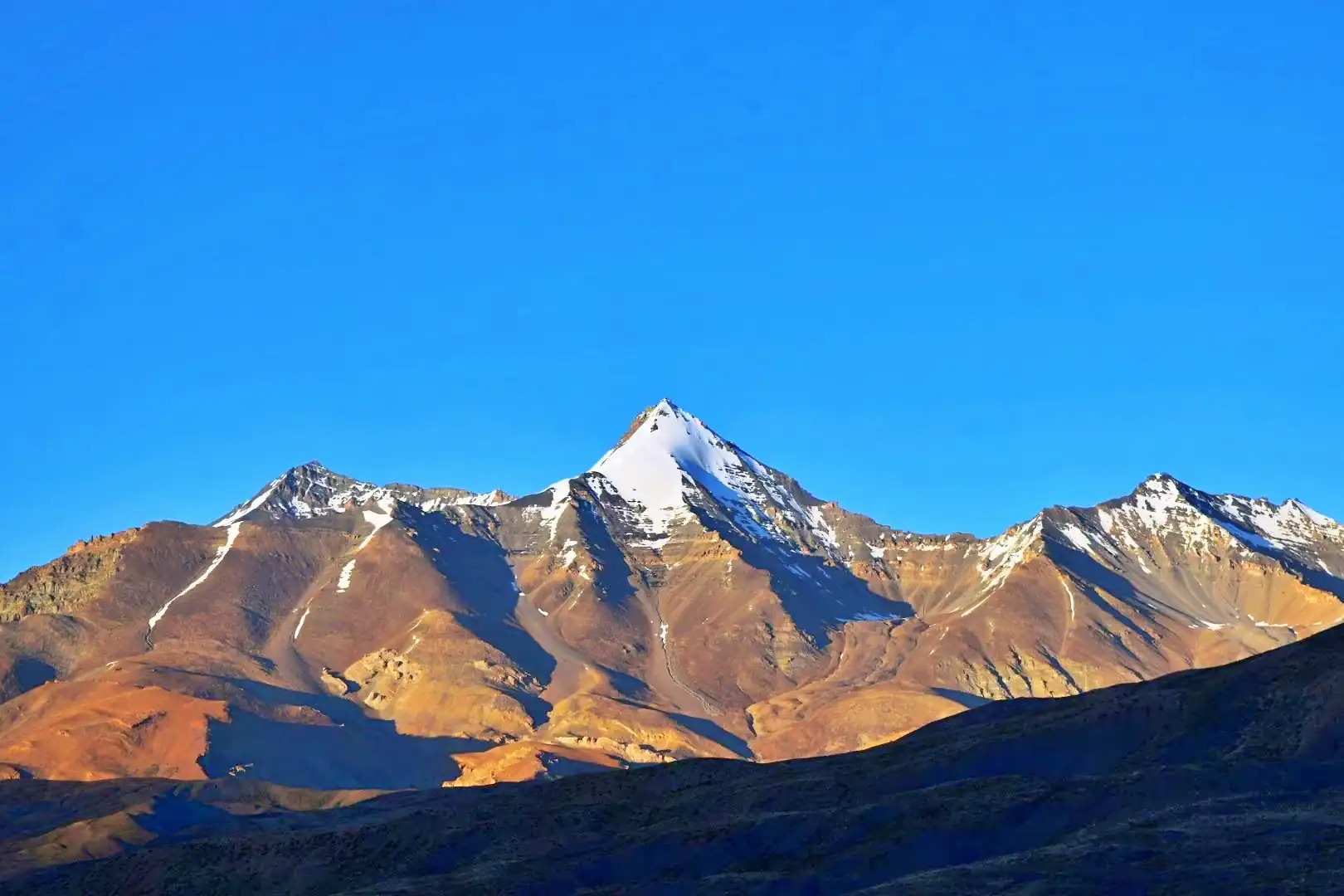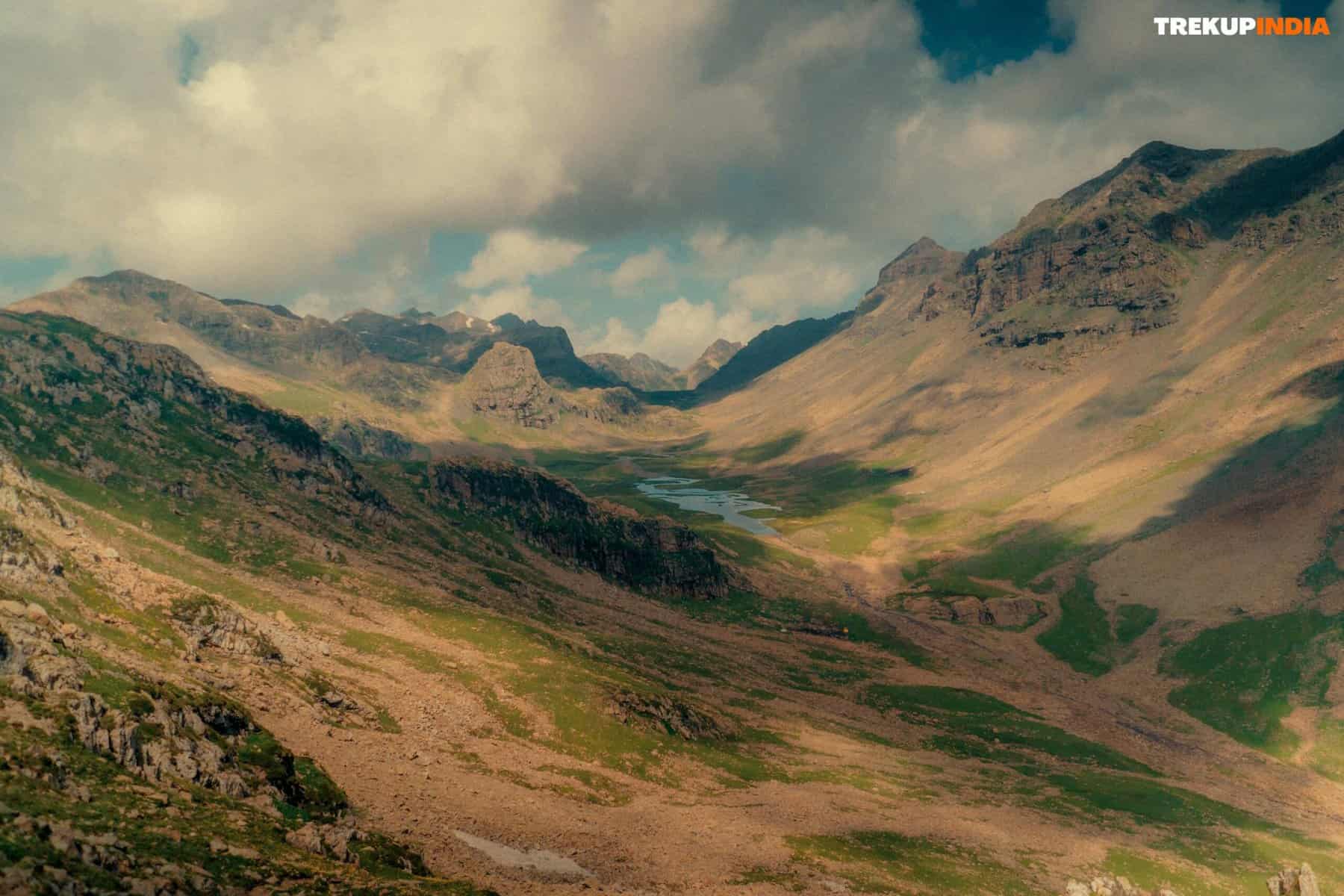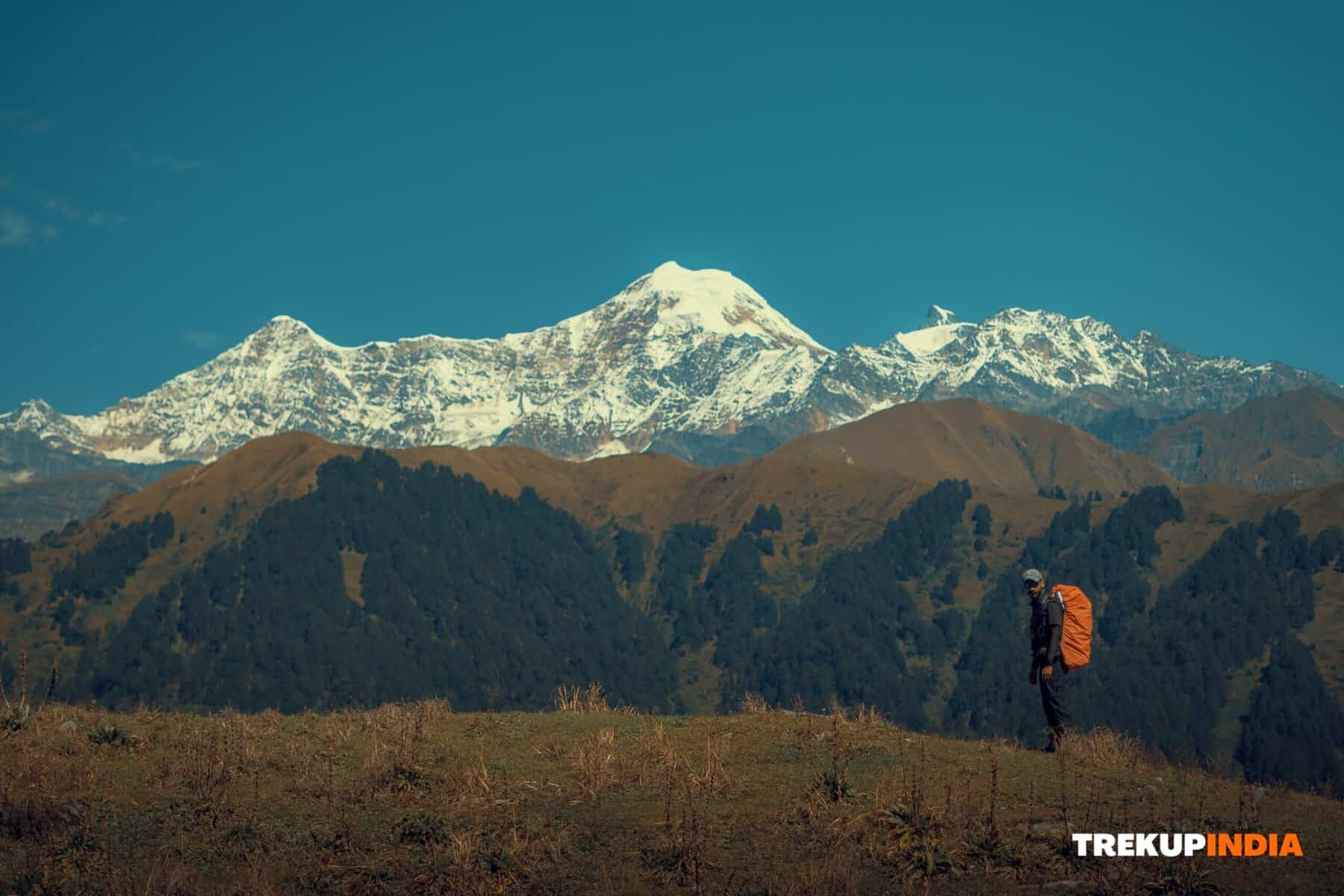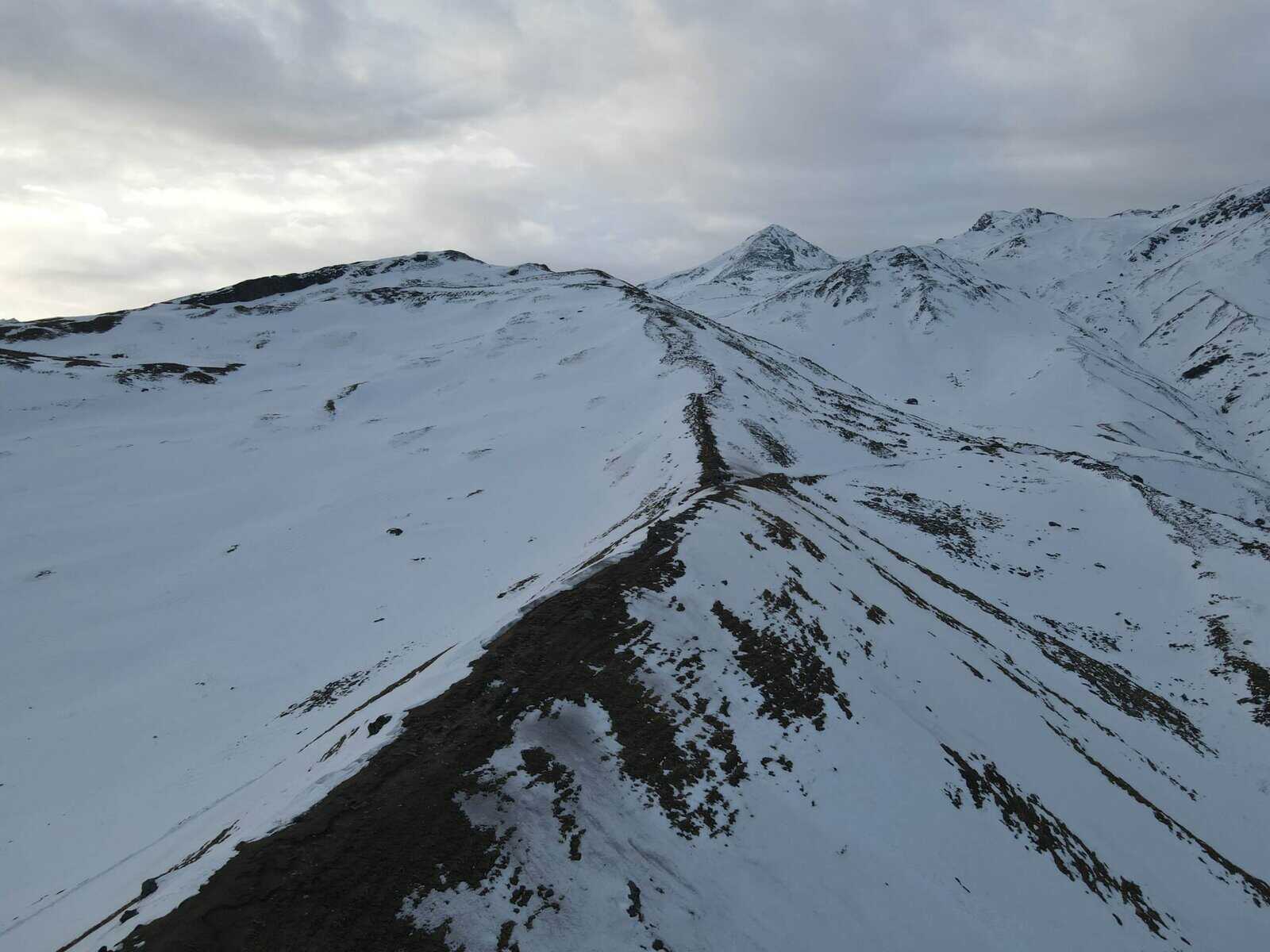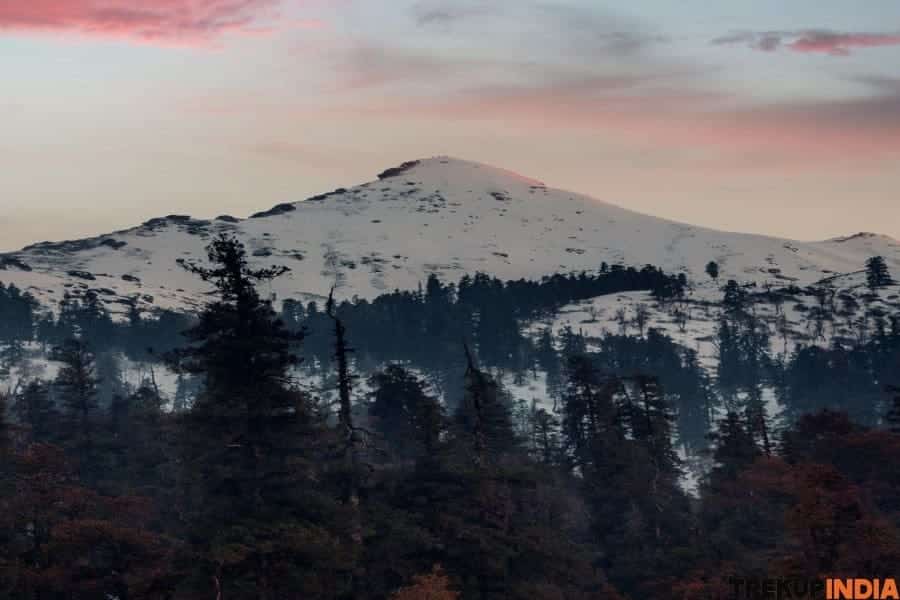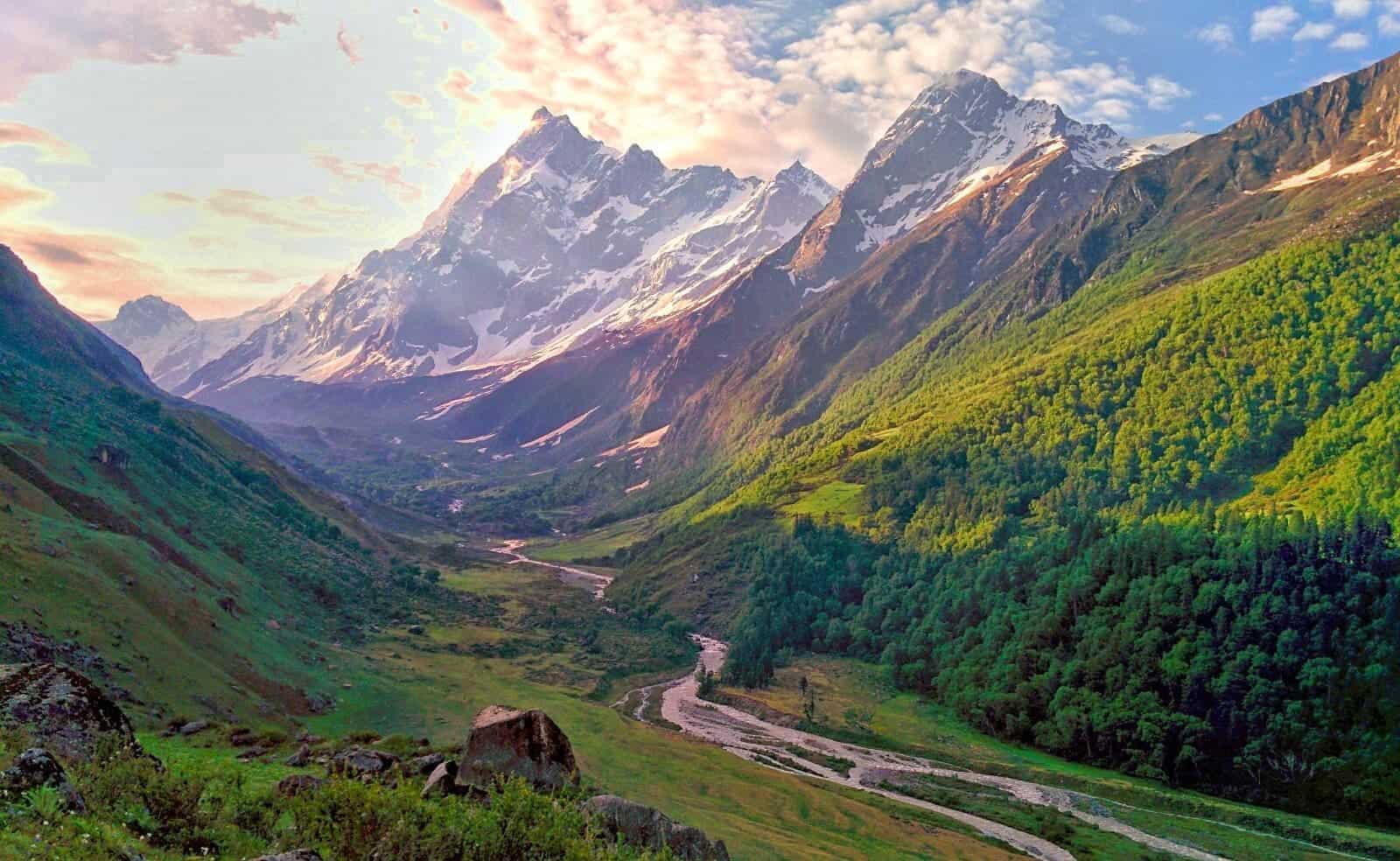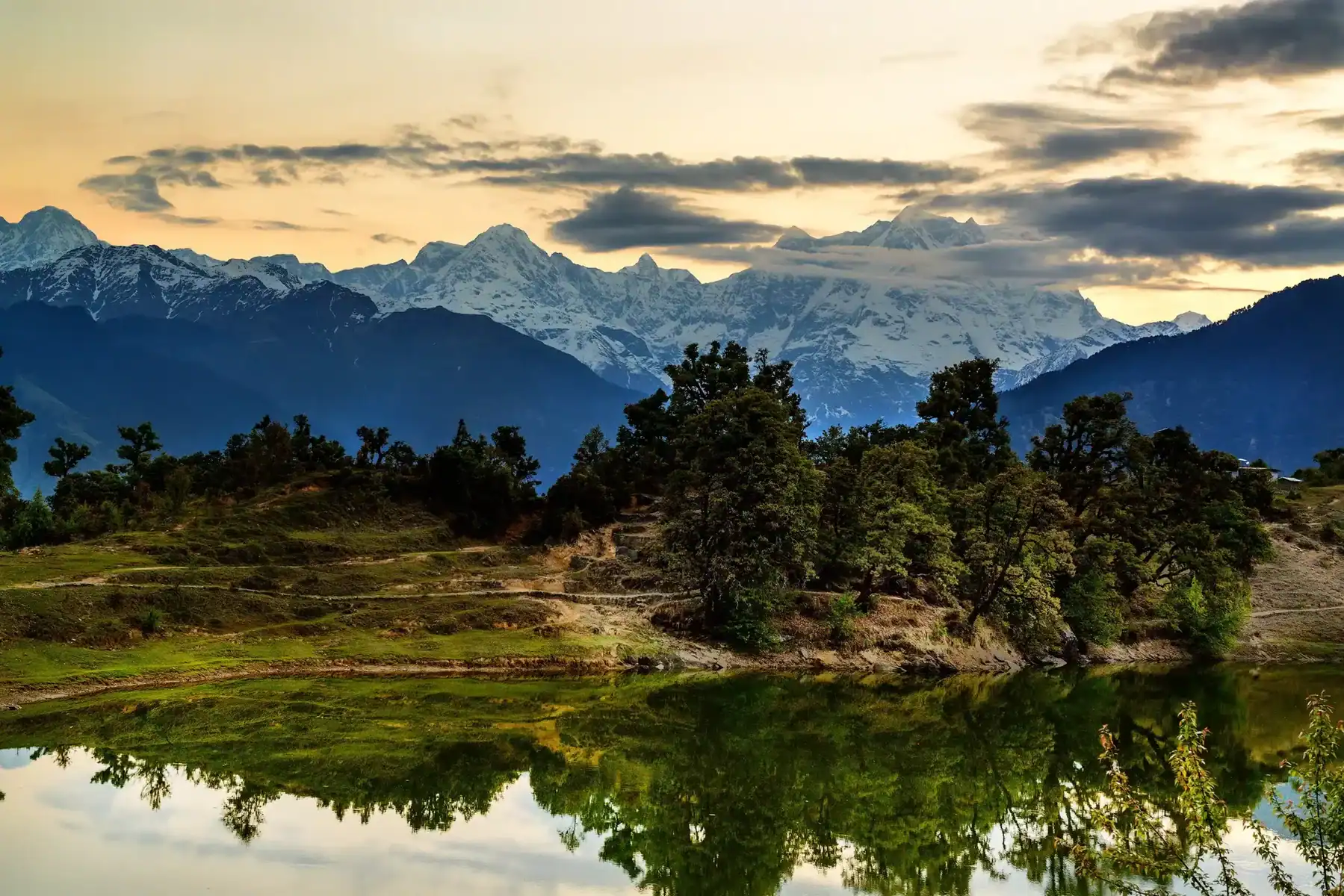Safe Mountain Water Sources: What to Avoid
Trekking into the Himalayas involves relying on nature-based water sources; however, not all are safe to drink. Any contamination could lead to extreme stomach and dehydration, as well as life-threatening illnesses like cholera or Giardia. Discover how TrekUp India can help locate, test, clean, and purify water that exists in nature with its TrekUp India method.
The Reality of Drinking Water on Indian Treks
Drinking Water on Indian Treks Though mountain waters appear pure, they could contain pathogens. These contaminants include: Microbial contamination, such as bacteria, viruses and protozoa, can occur. Organic material decays or decomposes over time.
Waste generated from human activities (especially around trails or tea houses) must also be managed carefully. Chemical runoff may occur near grazing areas or villages.
Testing and removing water are non-negotiable tasks.
What Are the Signs of Safe Water Sources?
Before collecting a sample of water from any source, take care to observe these characteristics of safety:
- Fast-Flowing Streams Faster flowing water currents tend to carry away stagnant pollutants more quickly and efficiently.
Do not consume beverages near campgrounds or areas for grazing livestock.
- Draw water from a Glacier or Snowmelt
Water that emerges directly from glaciers or snowmelt deposits can often be the purest.
However, for added safety, it is advised to filter or treat it to ensure its quality and efficacy.
- High-Elevation Springs
Natural springs that emerge from high-altitude rock formations tend to be rich in minerals while being relatively risk-free.
Look out for signs of activity from animals nearby.
- Remote, Undisturbed Locations. These remote places should not be near human settlements or trails.
Trekup India Tips: The water sources at the highest points in valleys tend to have cleaner sources of drinking water than sources in their wake.
What Makes Water Unsafe?
- Static Ponds or Pools mes Static ponds or pools may harbour bacteria and parasites that pose potential threats.
Do not drink from puddles or slow-moving streams that may contain debris or are polluted with algae, as this water could contain parasites that may make you ill.
- Water Near Grazing Areas
Animal waste can be an immense pollutant source.
Be wary of streams that flow near Gujjar refuges, sheep stations and pathways leading into the forest for grazing purposes.
- Water in Close Proximity to Tea Houses or Campsites
Human garbage, soap scum and other waste can often be found floating down streams near popular places of repose, such as tea houses and campsites.
- Noticeably Dirty or Smelly Water Although water may appear clear, any indications of an unusual smell, flavour or floating substance could be an alarm bell.
Conclusion
Assuming drinking water will always be accessible is unrealistic in mountain environments; however, with proper knowledge and expertise, it’s possible to remain properly hydrated without risking your overall health.
About Author

Preetam Singh Rawat (Founder)
The person behind this trekking organization is someone who’s spent over a decade – 12 years, to be exact – living and breathing the mountains. With multiple high altitude summits under his belt (we’re talking 6000 to 7000 meter peaks), he’s not just experienced – he’s the real deal.
But what really sets him apart is the sheer number of treks he has guided. He has led over 200 Himalayan expeditions, including well known routes like Bali Pass, Buran Ghati, Rupin Pass, Pin Bhabha, Stok Kangri, and Black Peak. Not just once, but multiple times. So yeah, when it comes to the Himalayas, he knows every twist in the trail and every story the mountains have to tell.
Got questions or want to get in touch? Write to Preetam at preetam@trekupindia.com. He’s always happy to chat about treks, answer your questions, or help you prepare for your next big adventure.
Share this article
Dates For Upcoming Treks
Want To Trek Like Pro?
Basically, watch these videos if you want to trek the same way professional trekkers do and make your skills better. These videos contain useful tips and techniques to further improve your trekking skills itself. These videos actually help both new and experienced trekkers improve their trekking skills. These videos definitely provide useful tips that make your trek better. We are seeing that these videos by Trekup India experts will only help you make your trekking skills better.
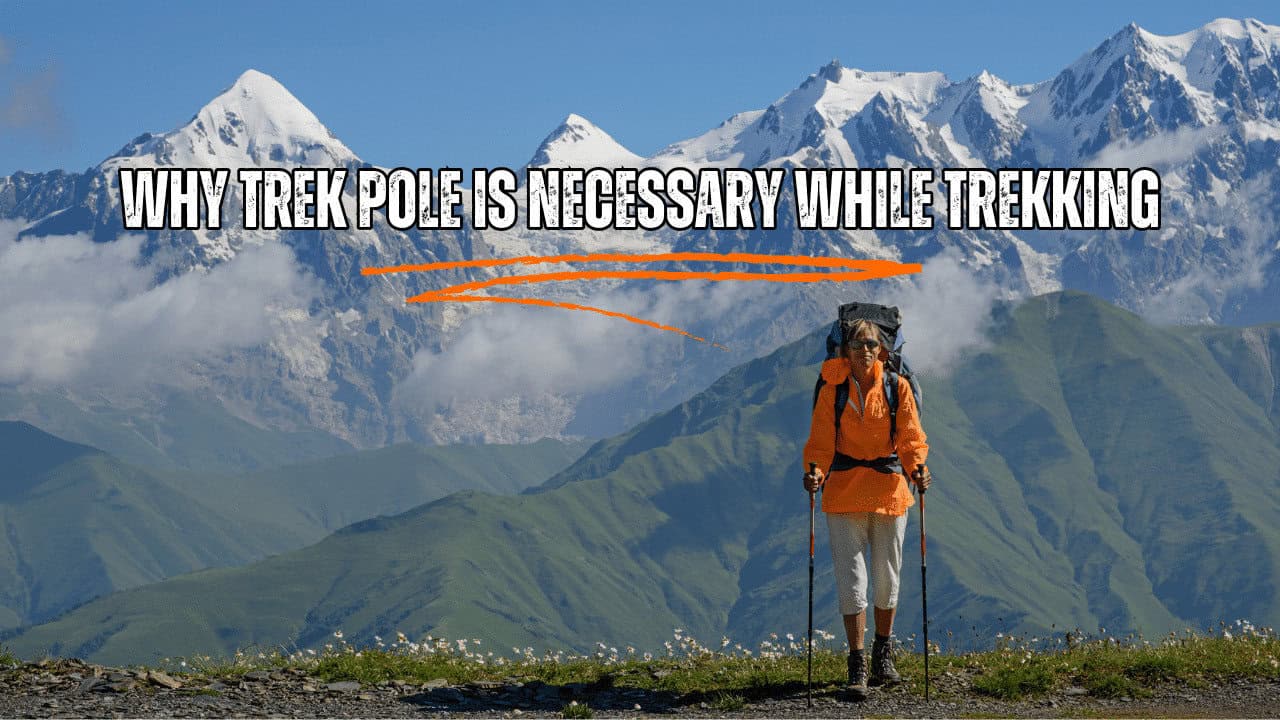






Know Everything About Acute Mountain Sickness
Acute Mountain Sickness occurs when people trek to high altitudes above 8,000 feet. This condition itself develops further due to reduced oxygen levels at such heights. Basically, as you go higher up, the air pressure and oxygen levels decrease, which causes the same problem. Acute Mountain Sickness surely causes headache, nausea, vomiting, and dizziness in affected persons. Moreover, peoples also experience difficulty in sleeping during this condition. To avoid mountain sickness, you should actually trek up slowly to higher altitudes. To learn further about this condition itself, watch the videos by Trekup India.
